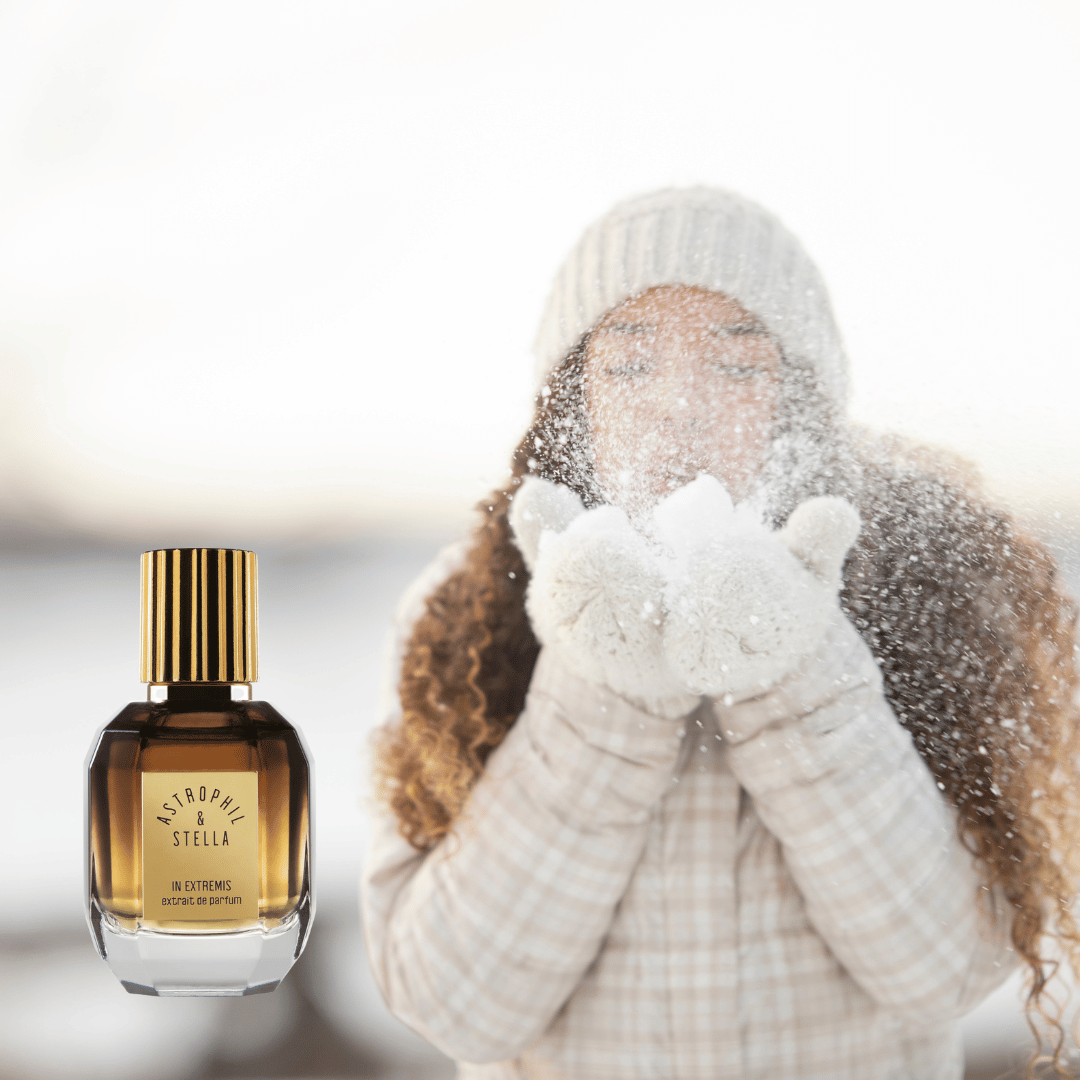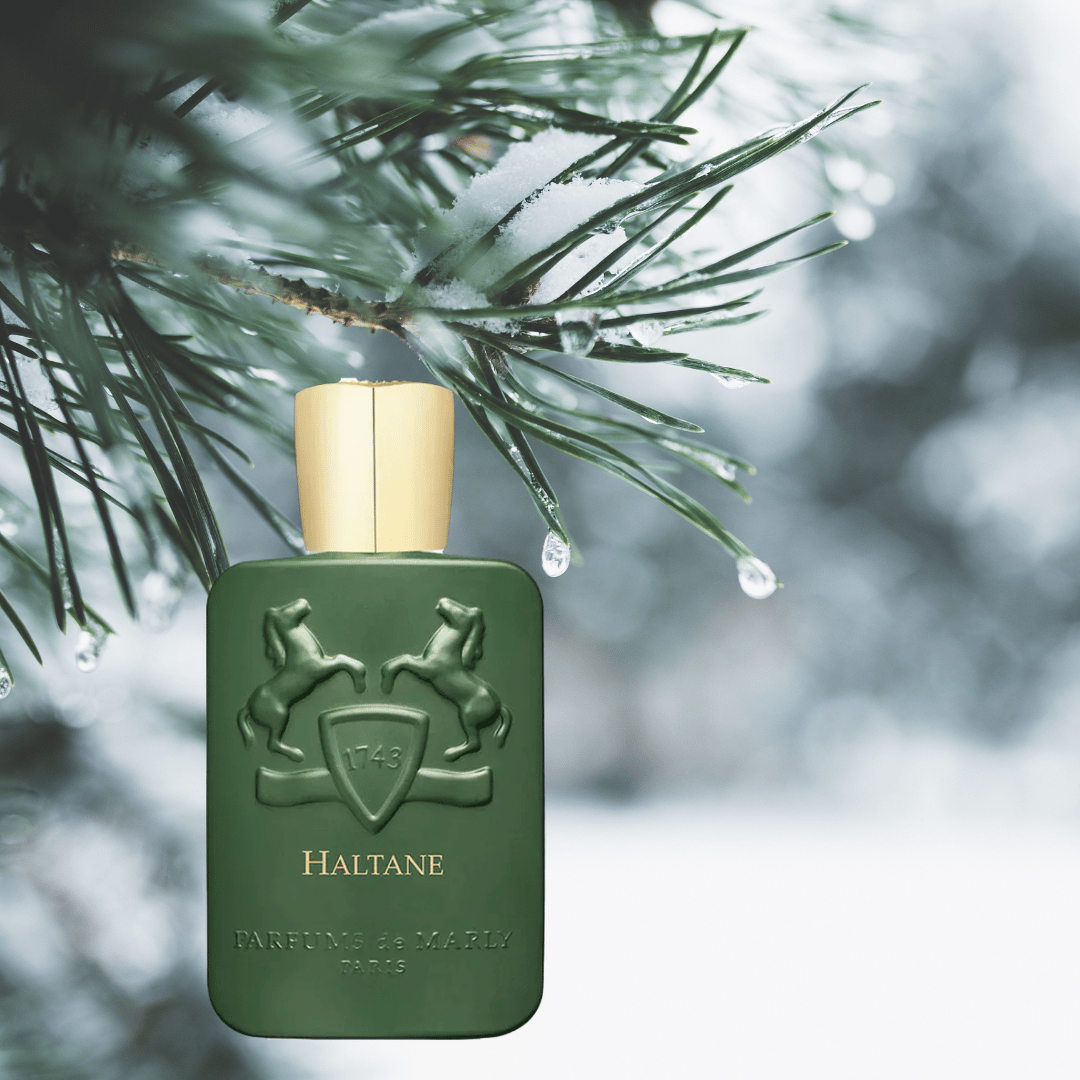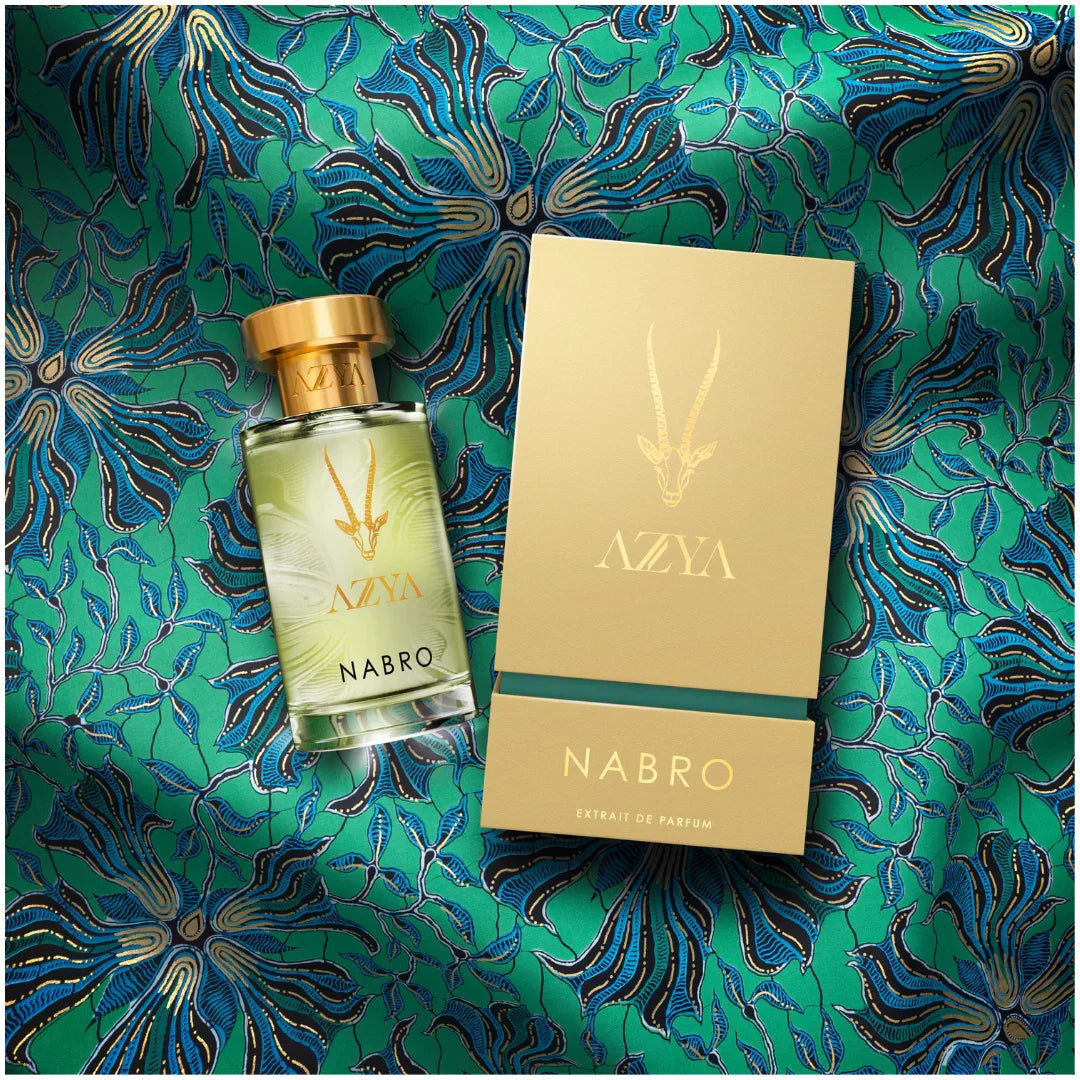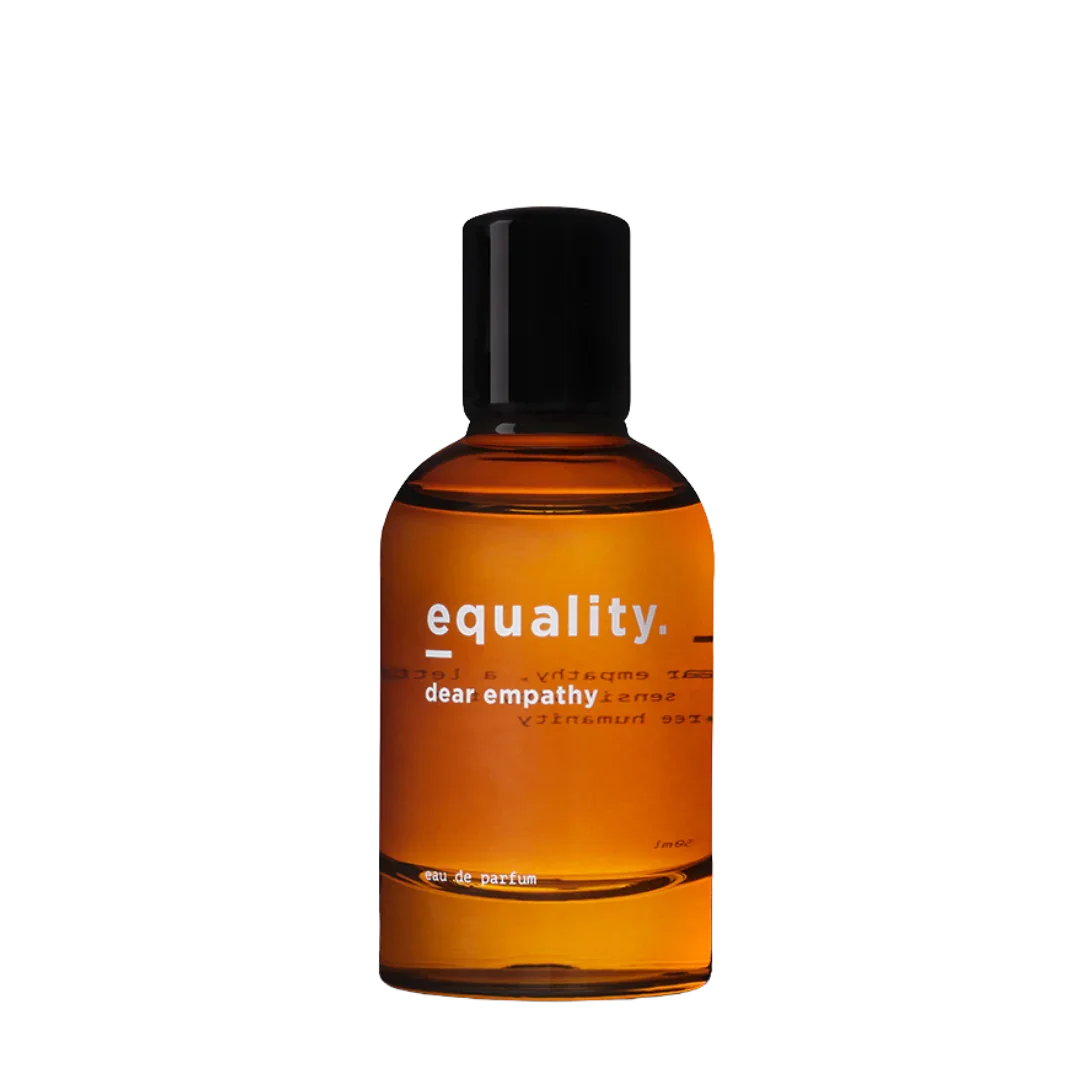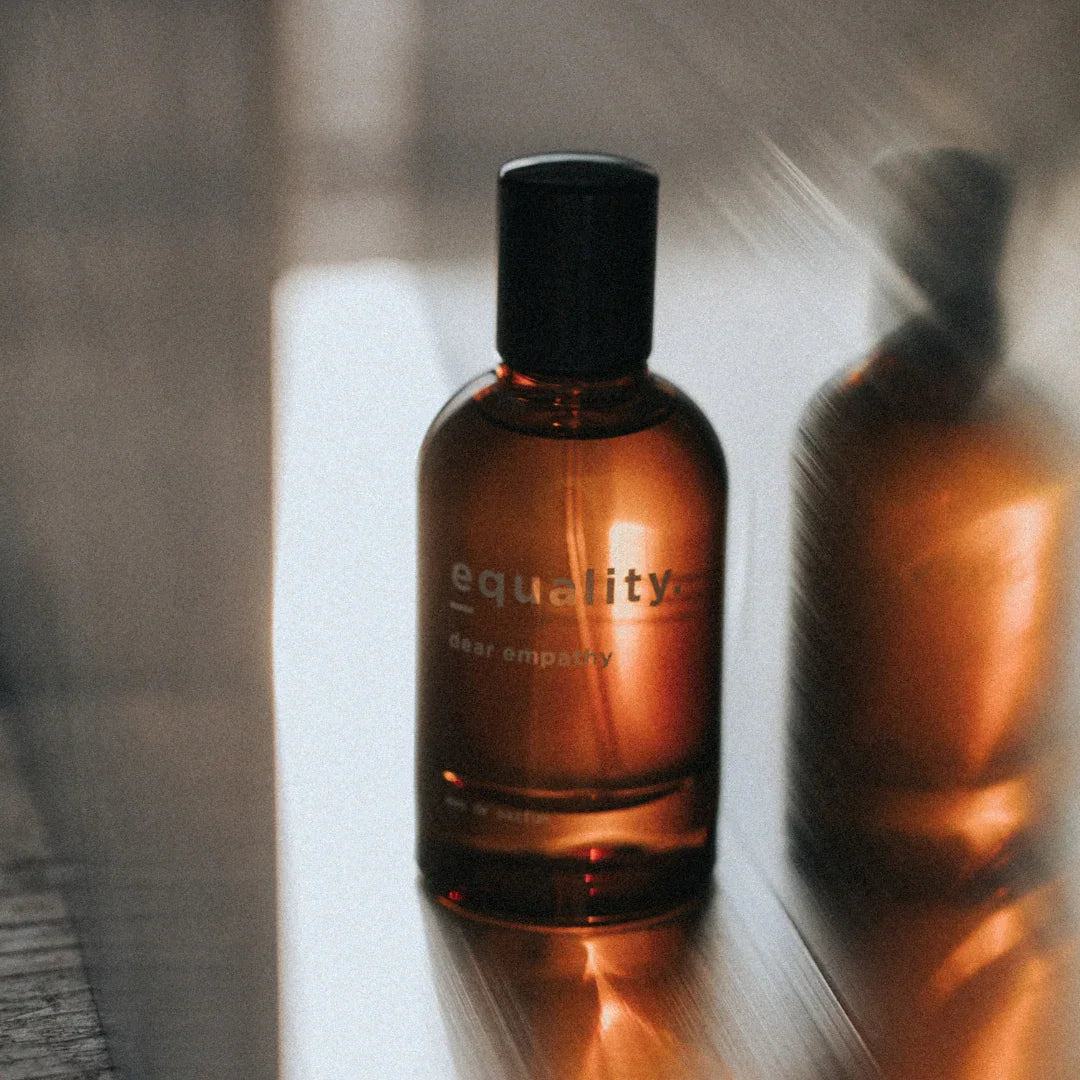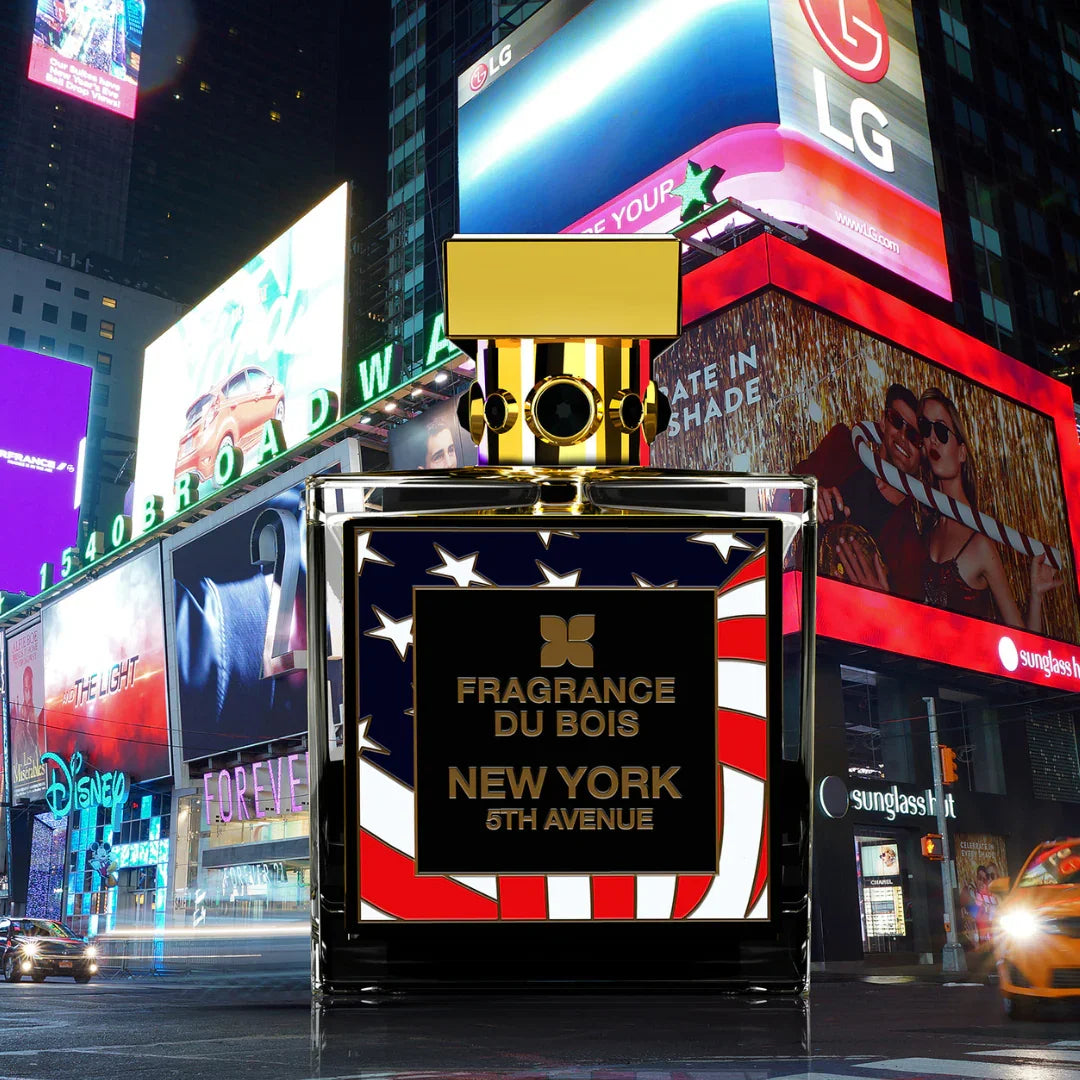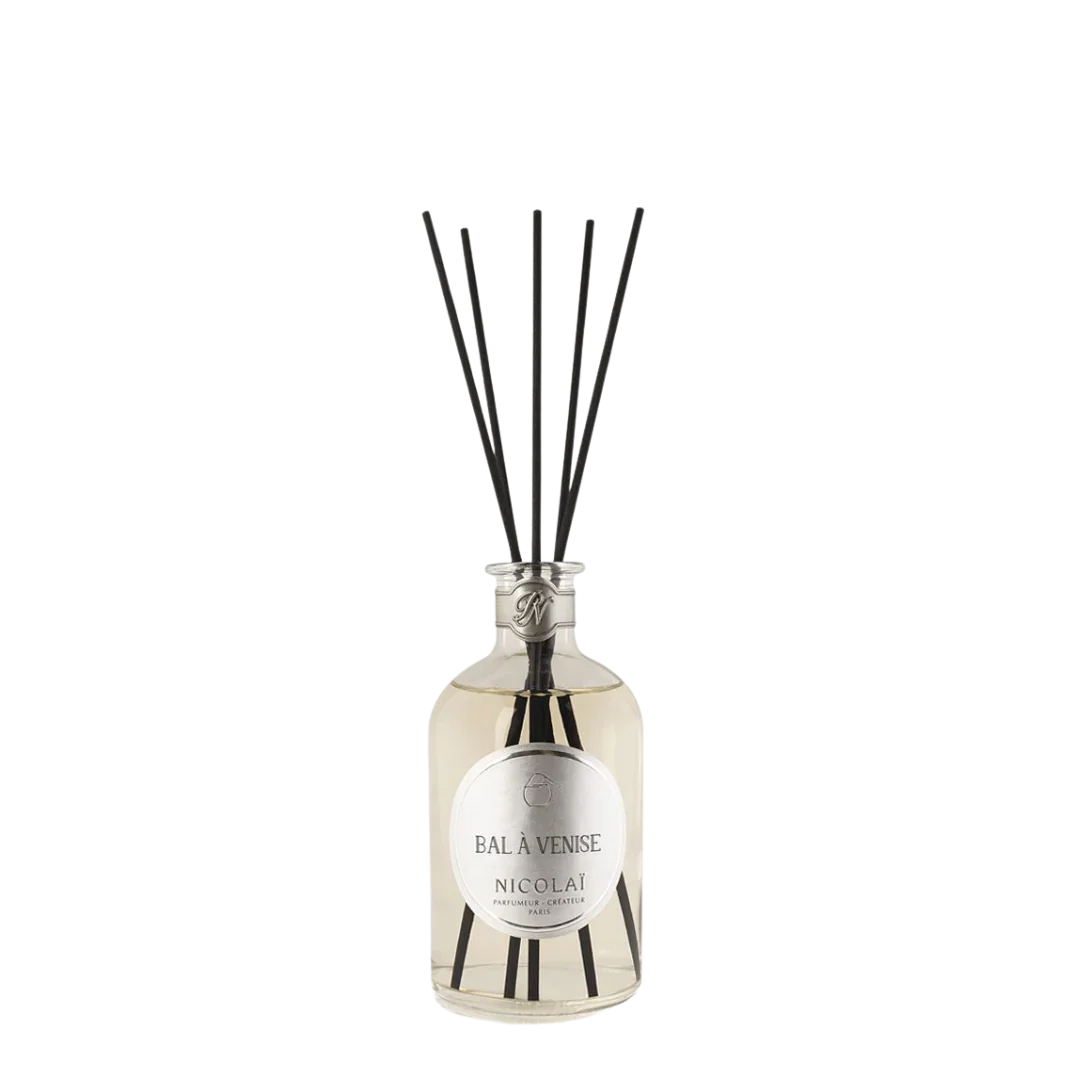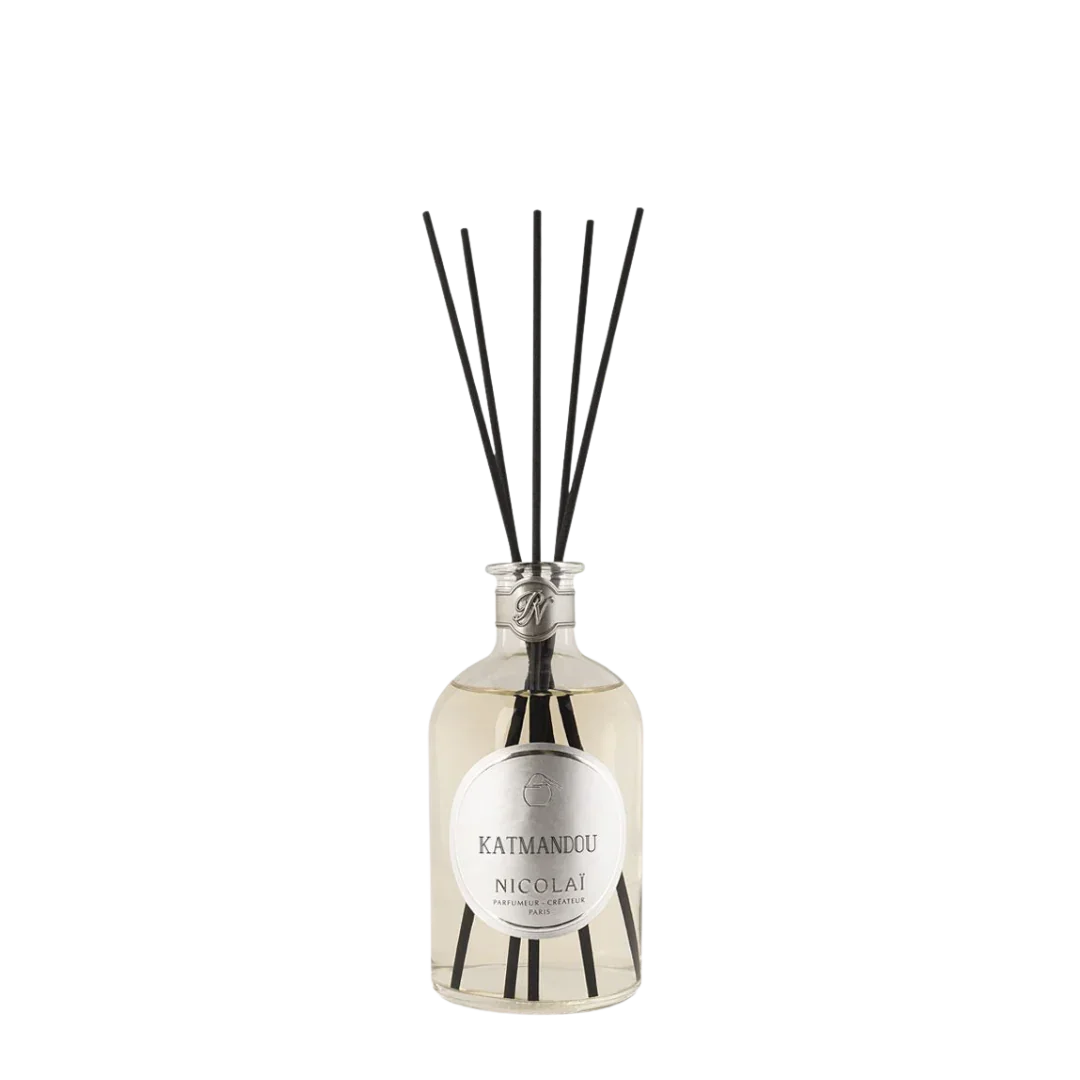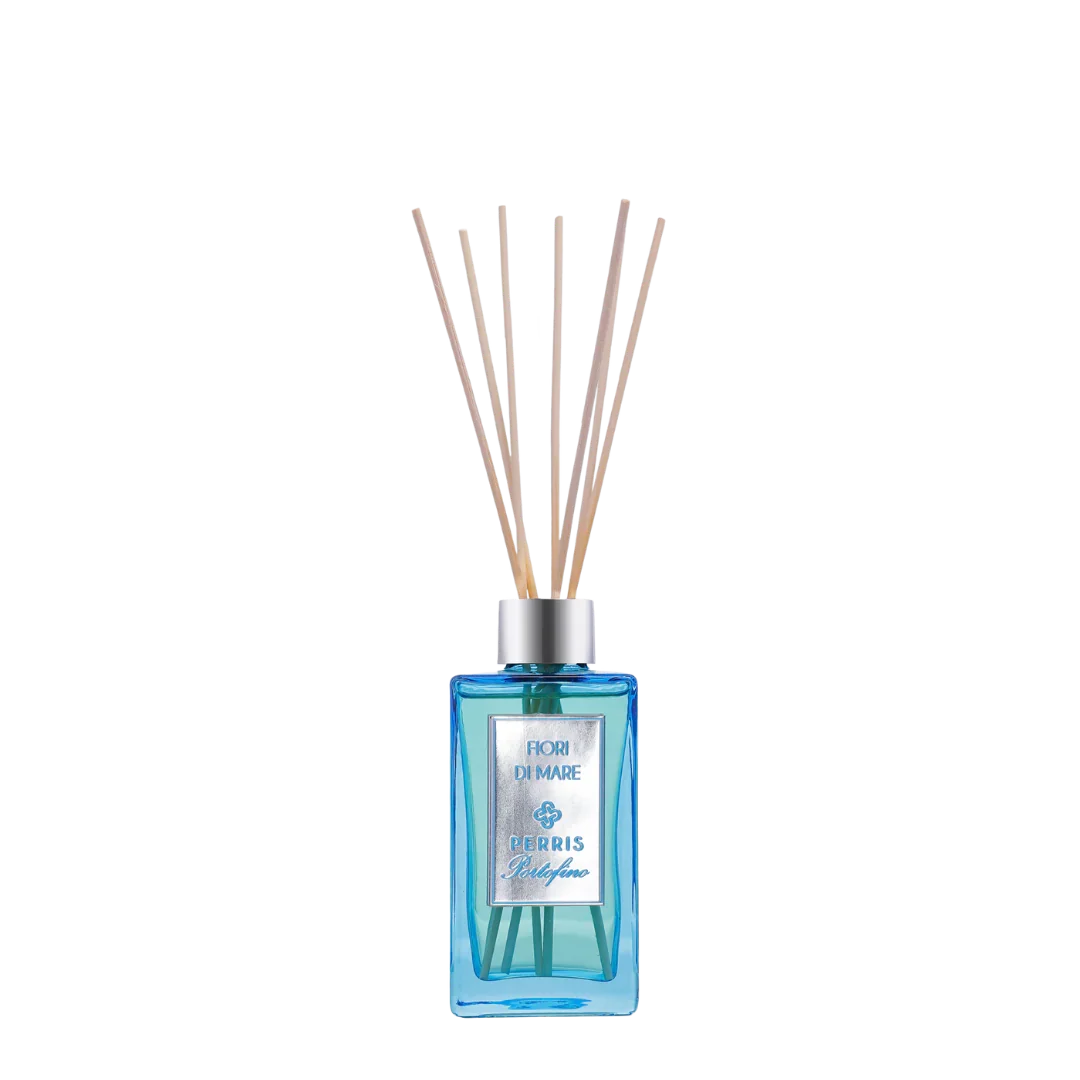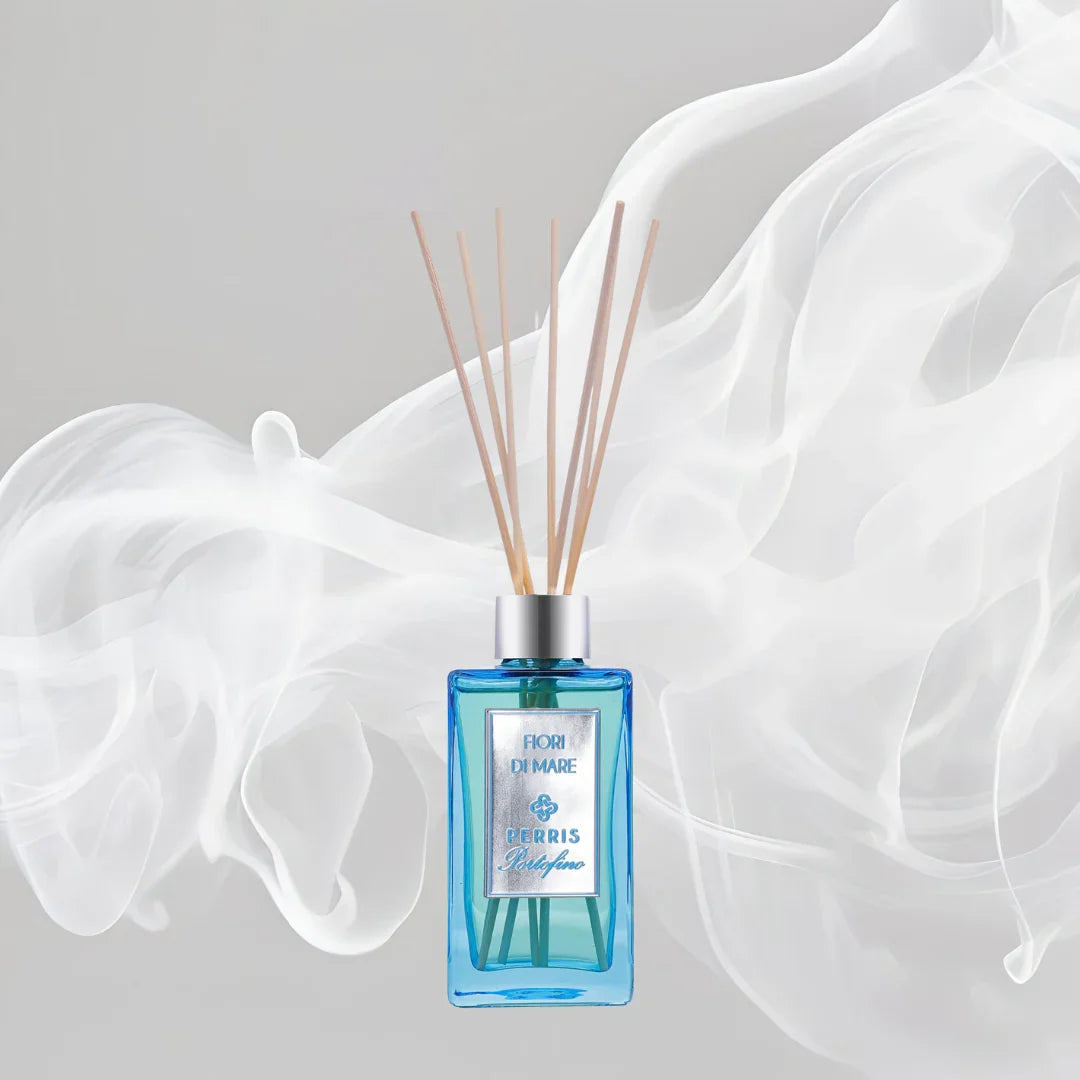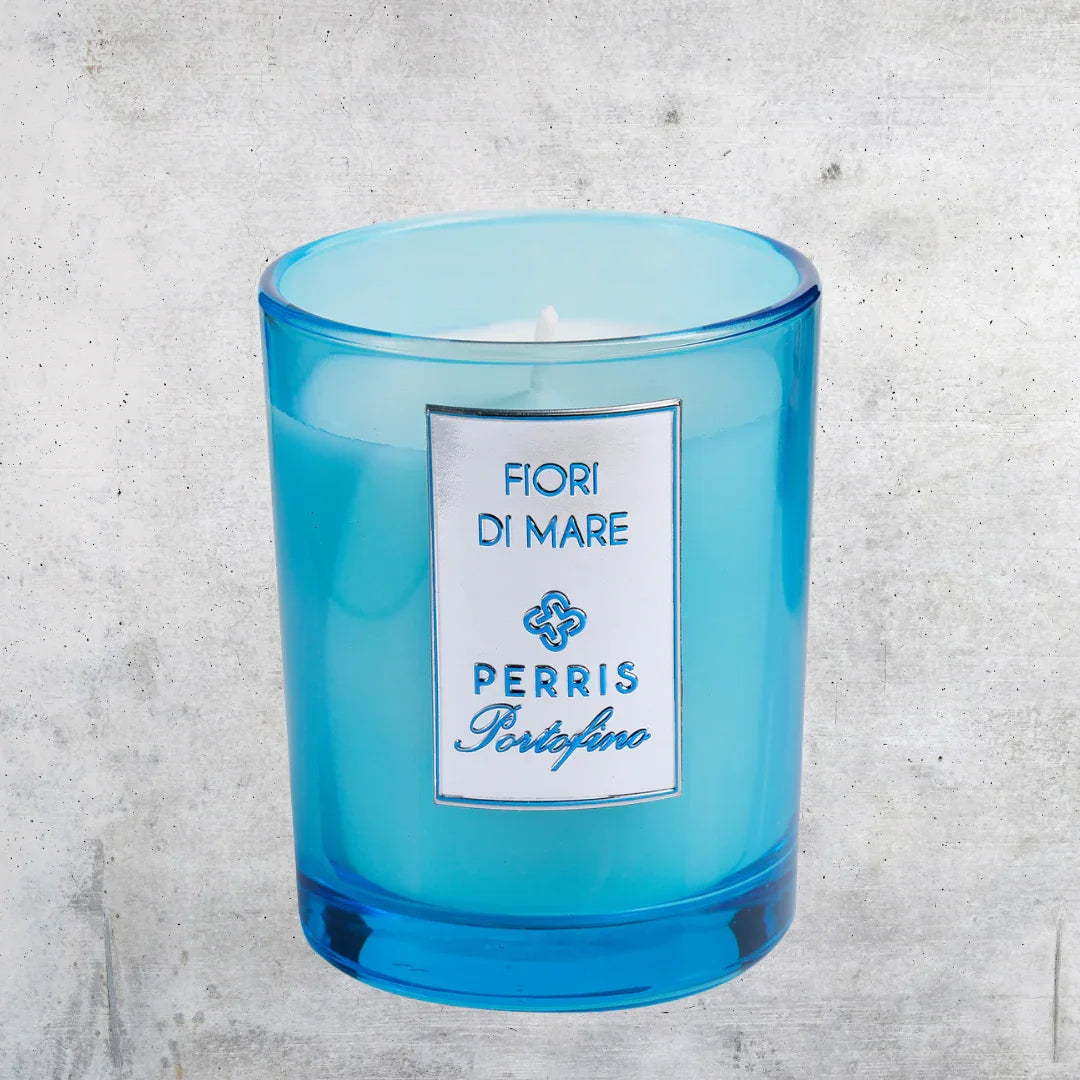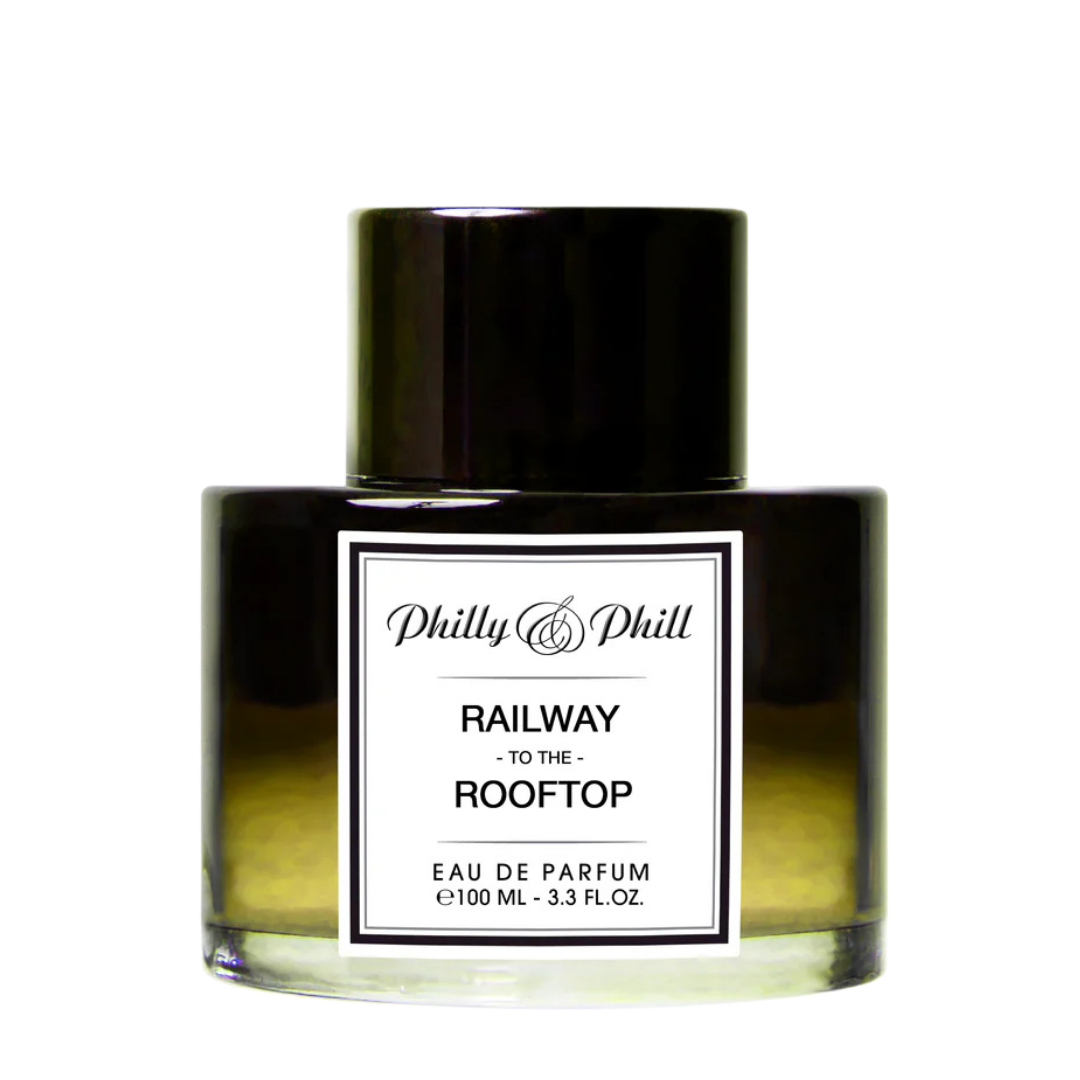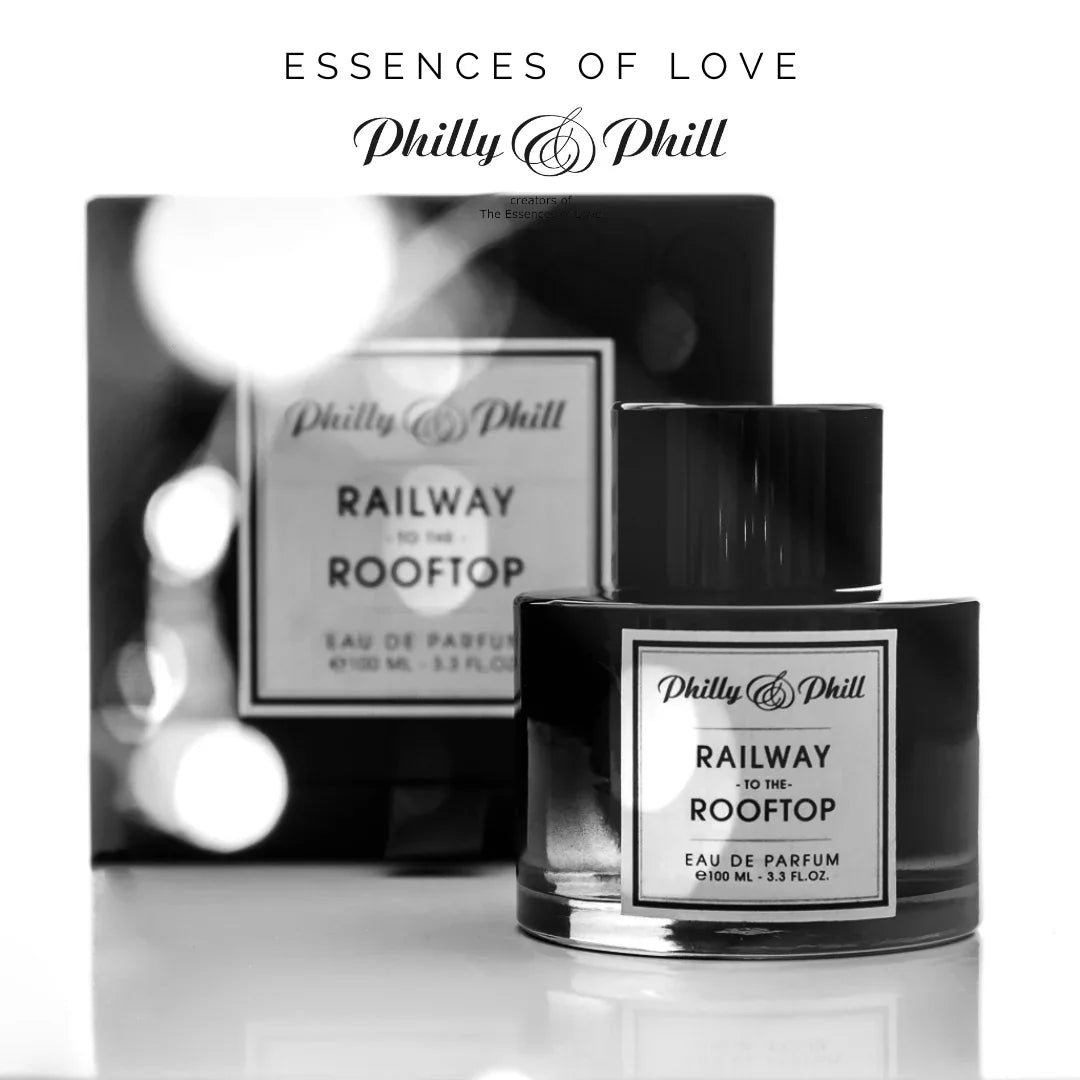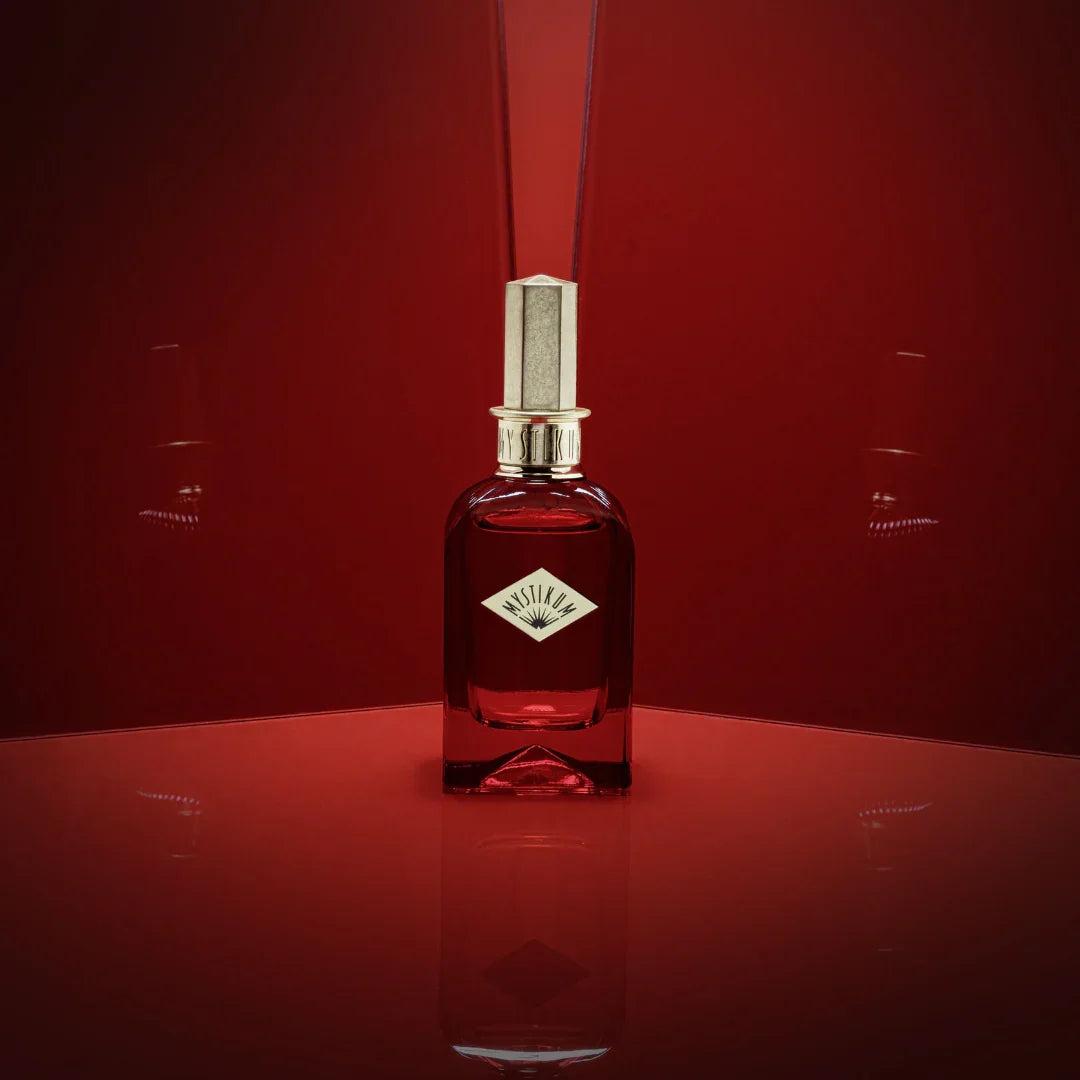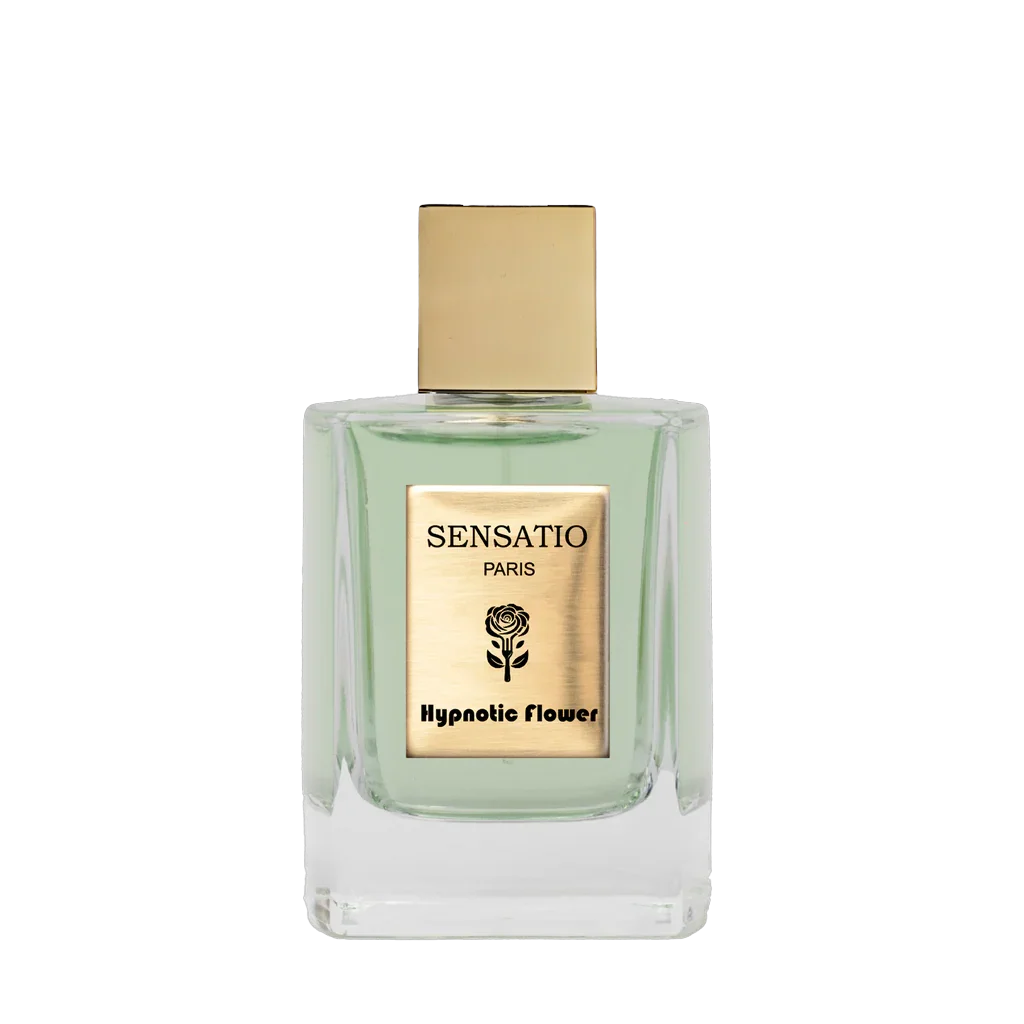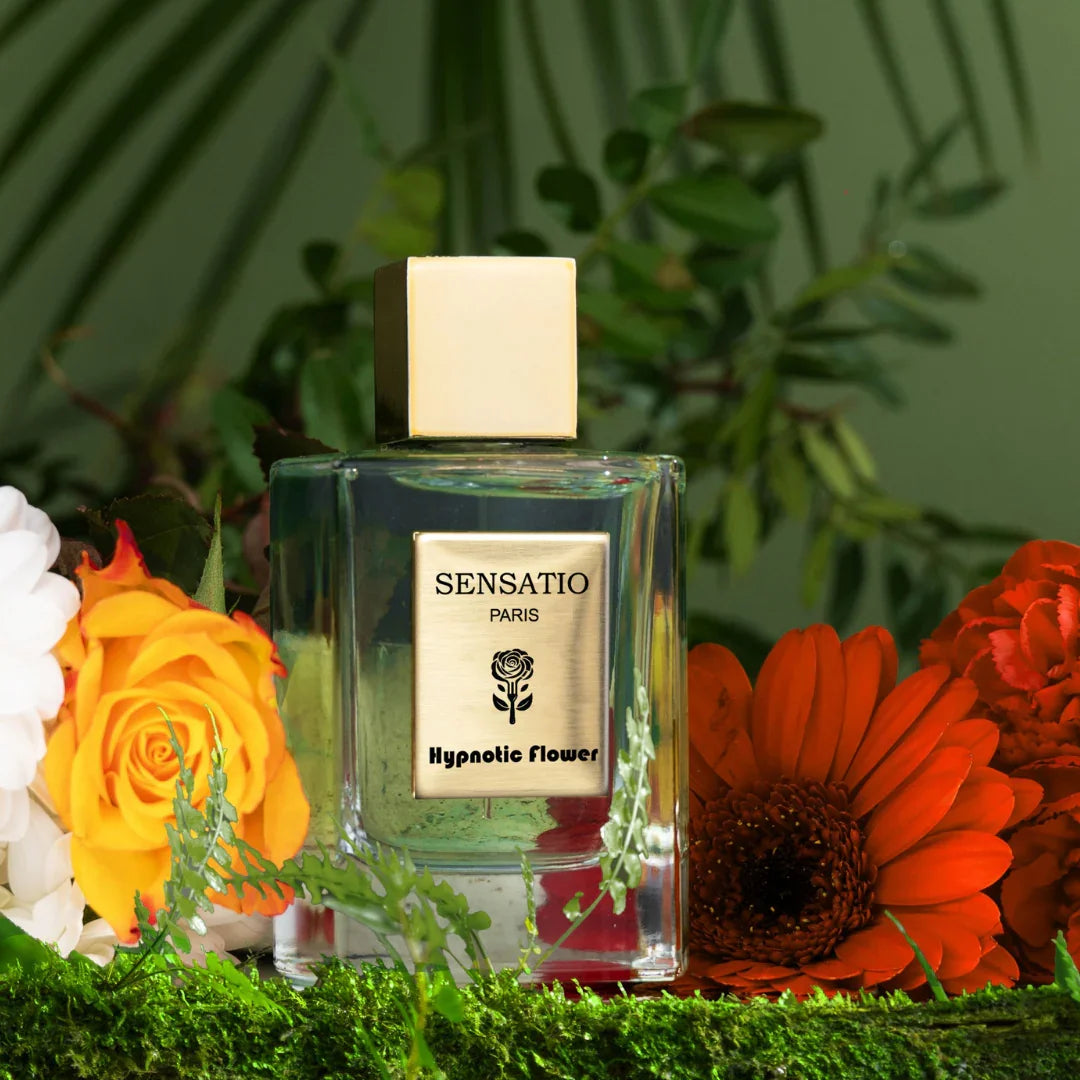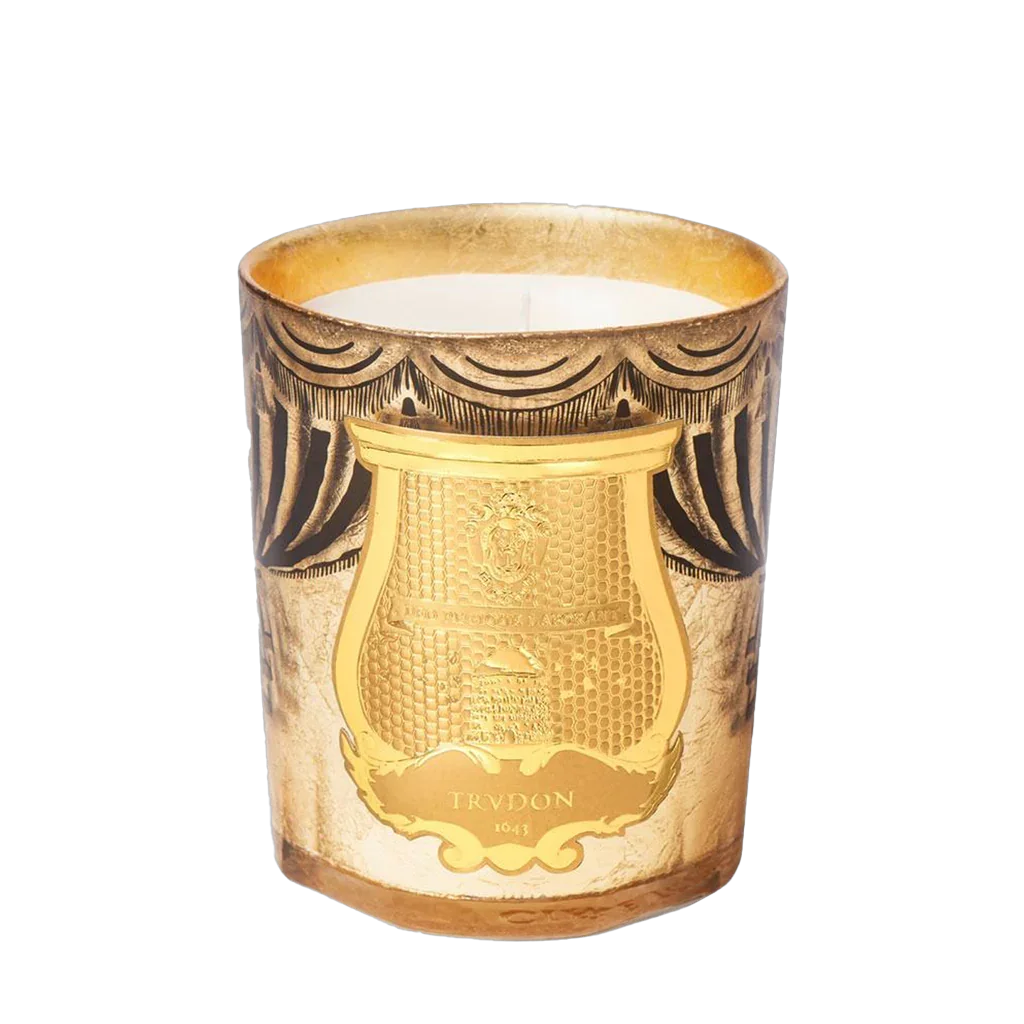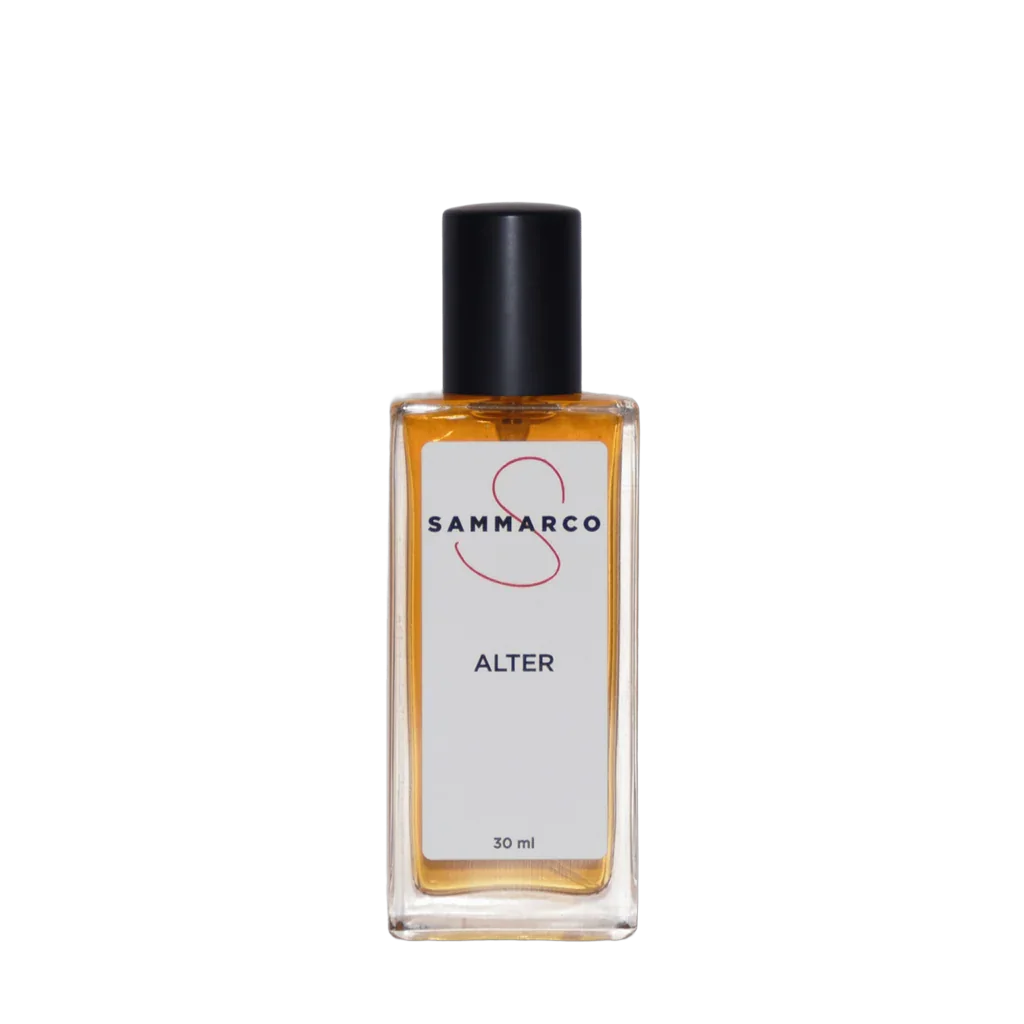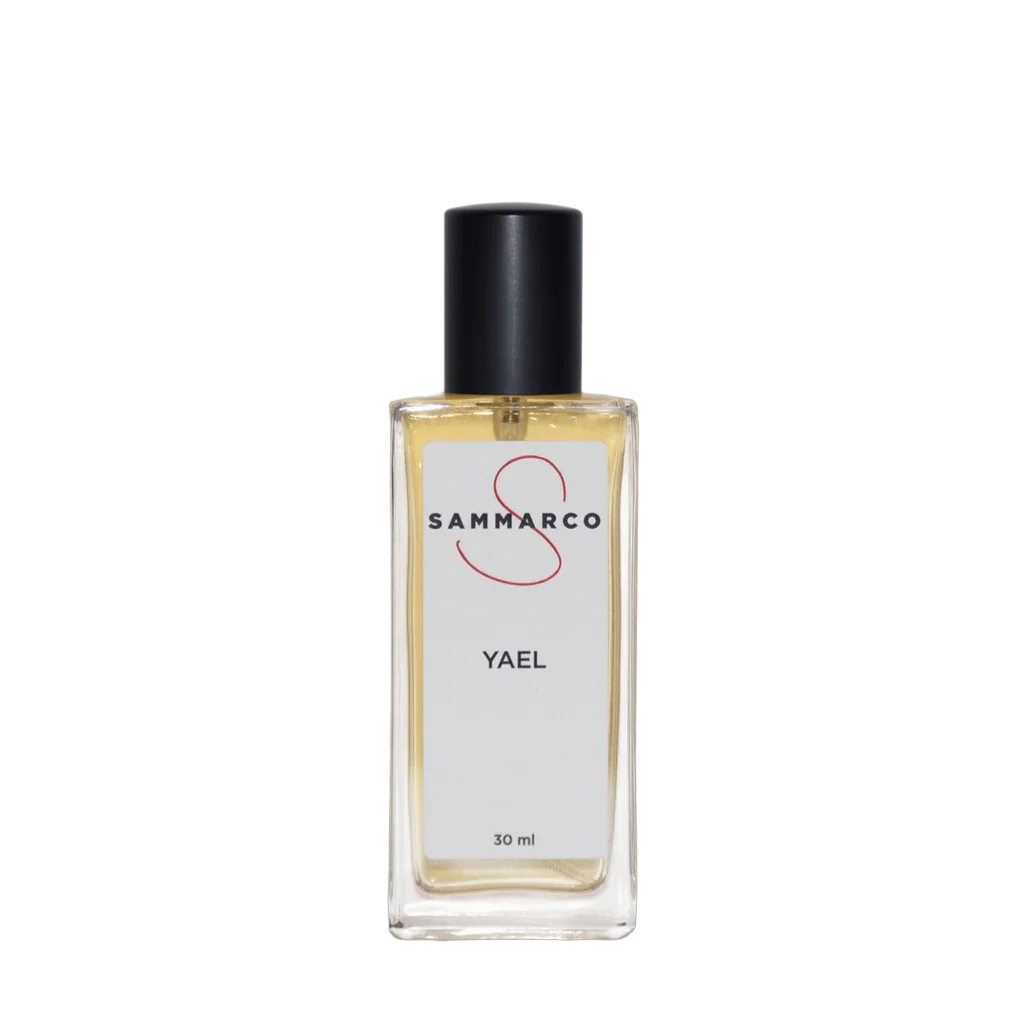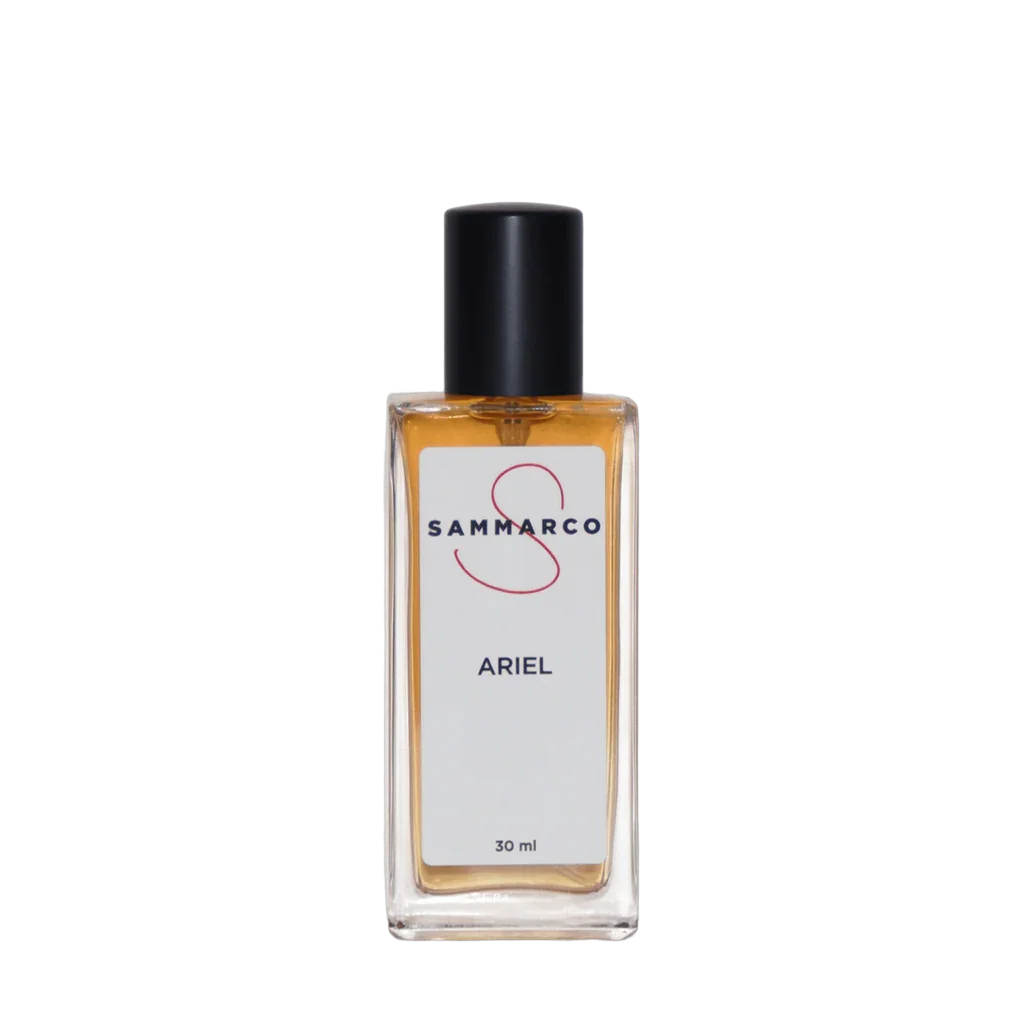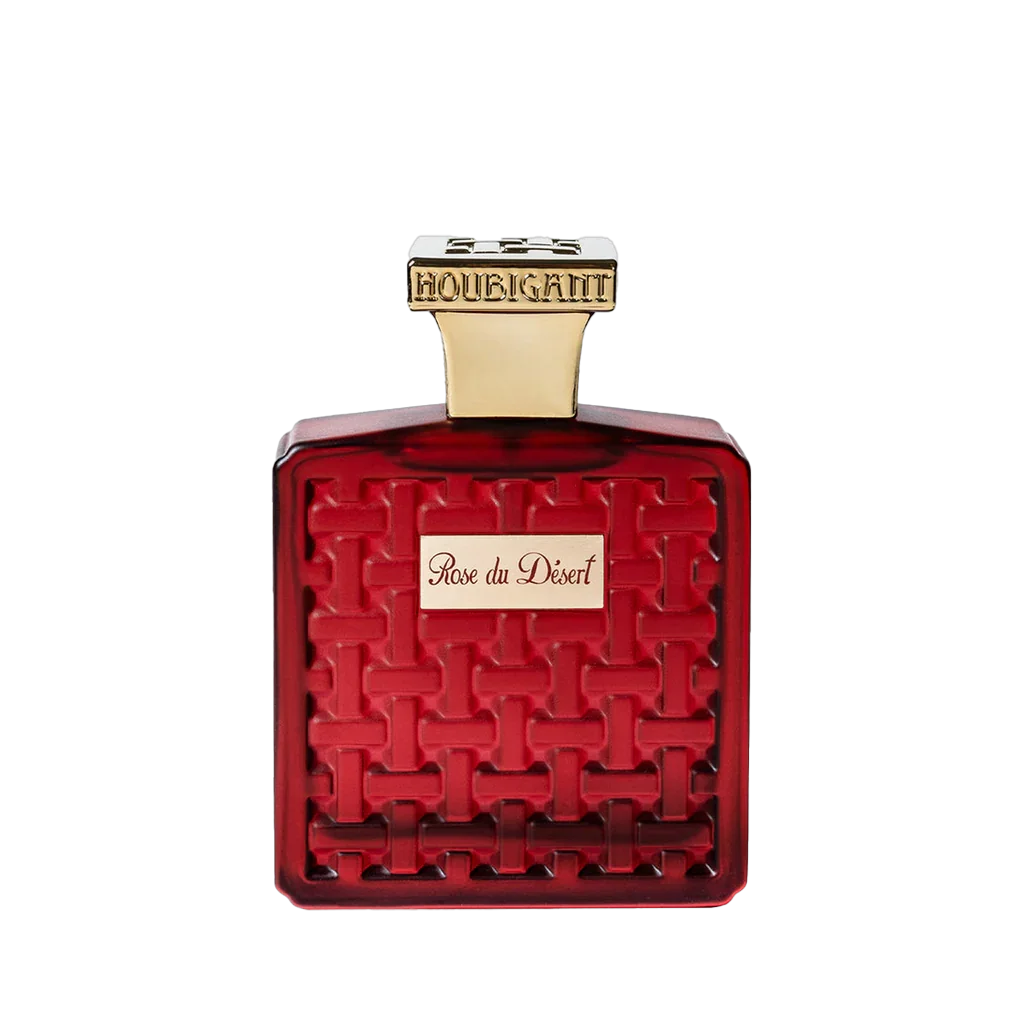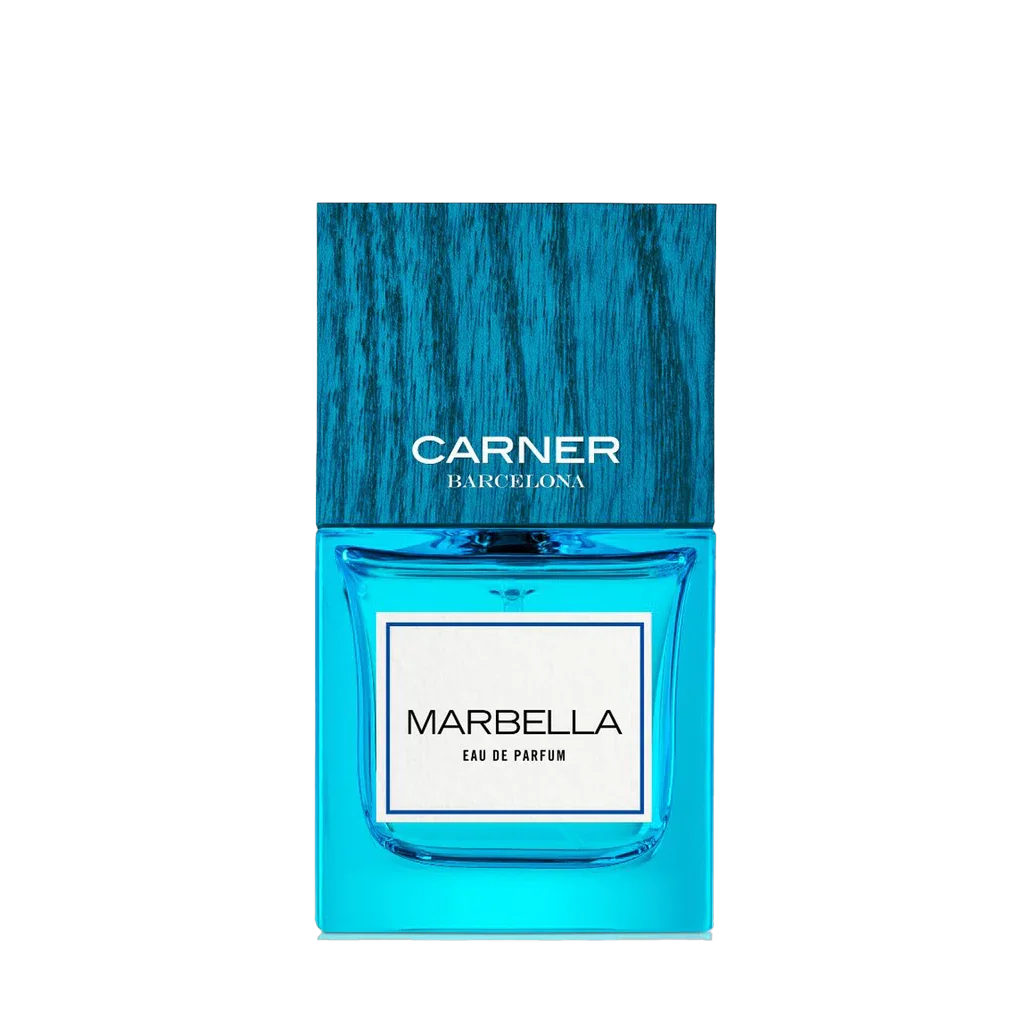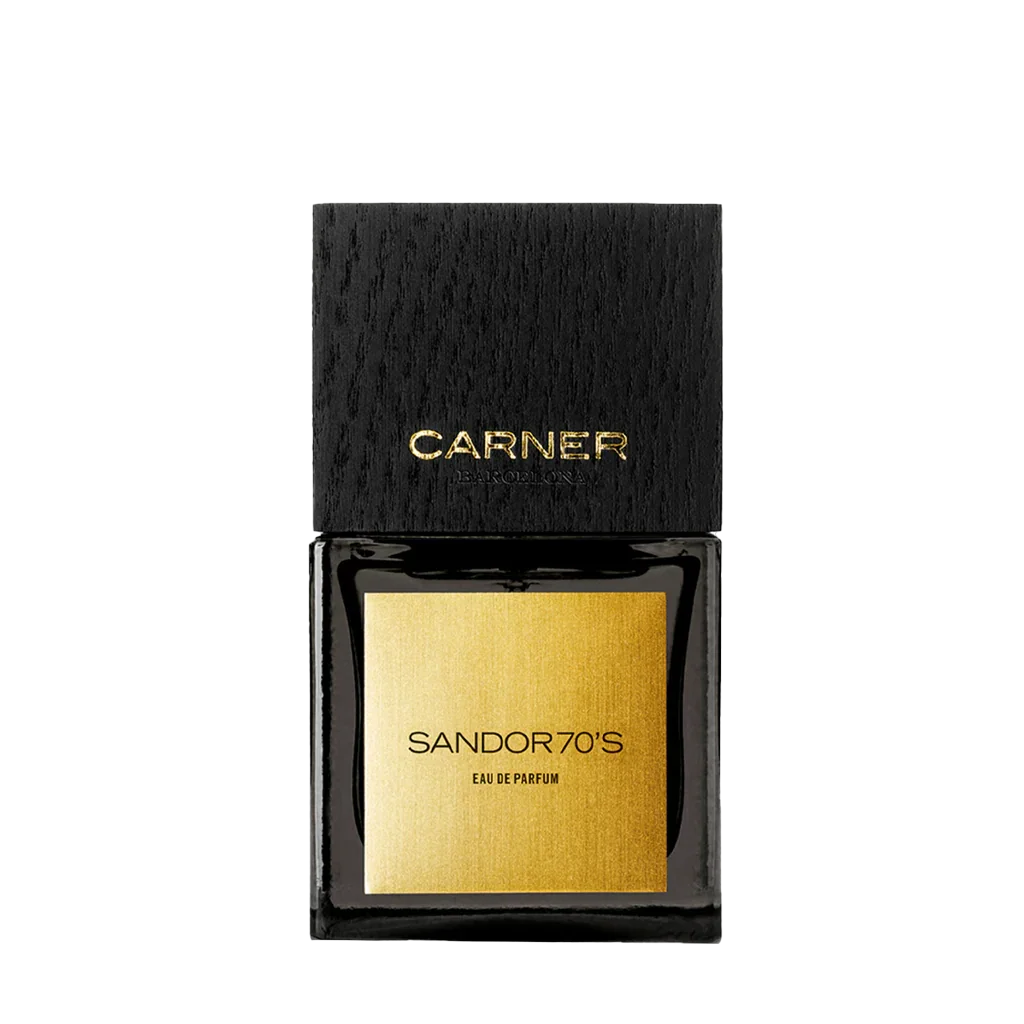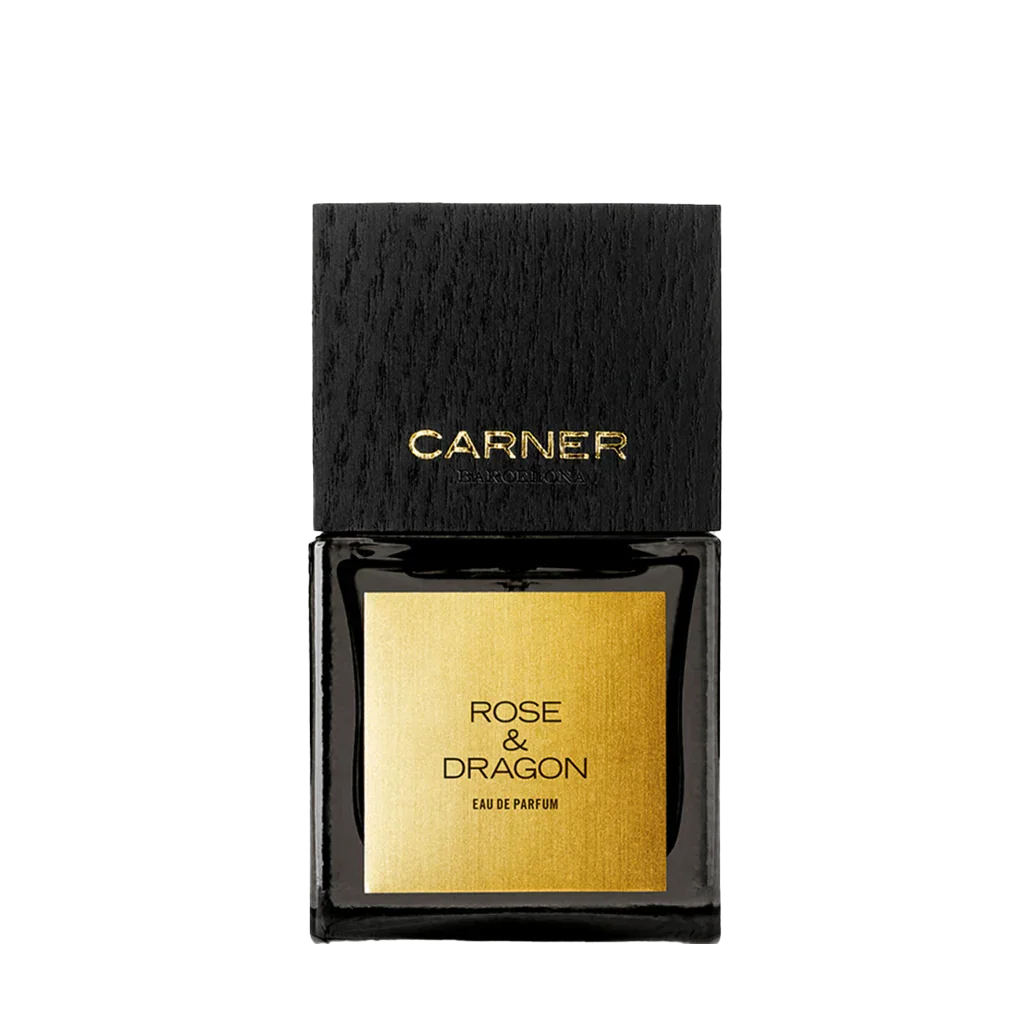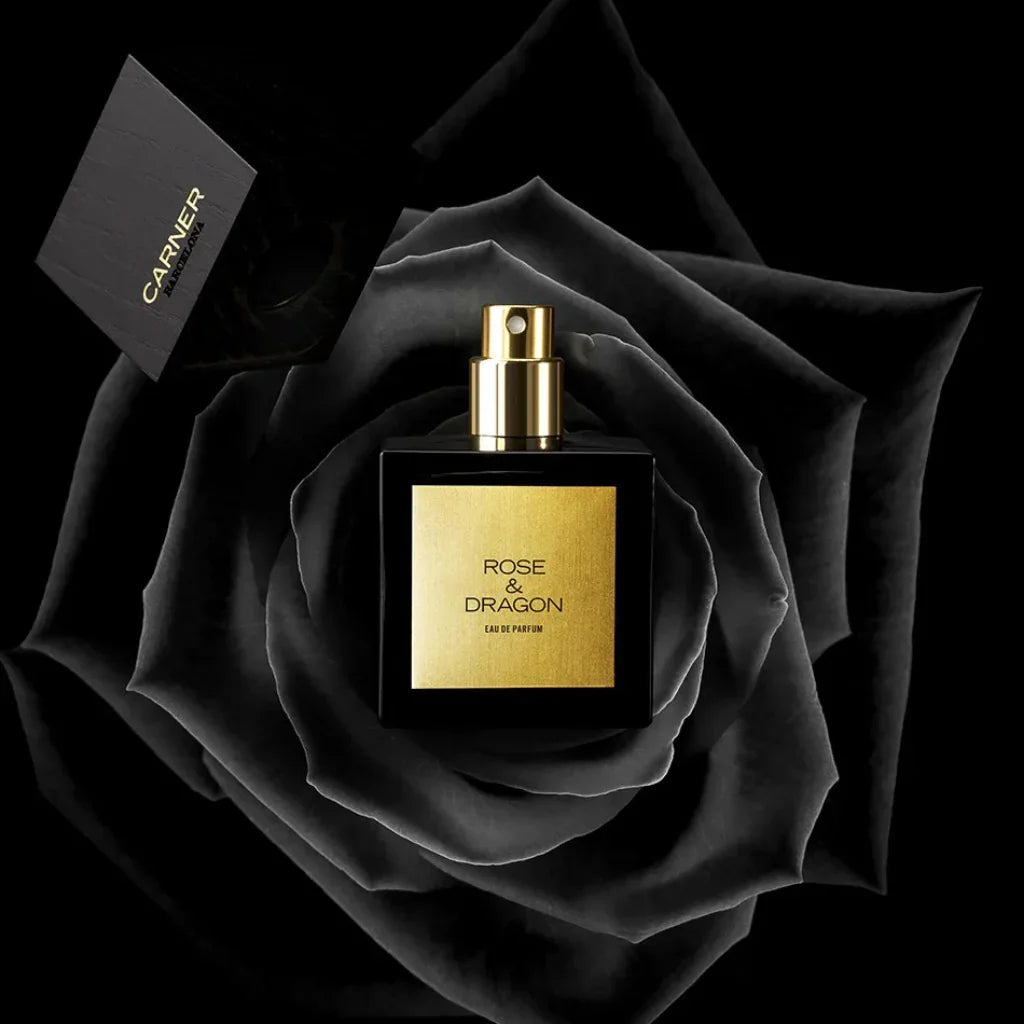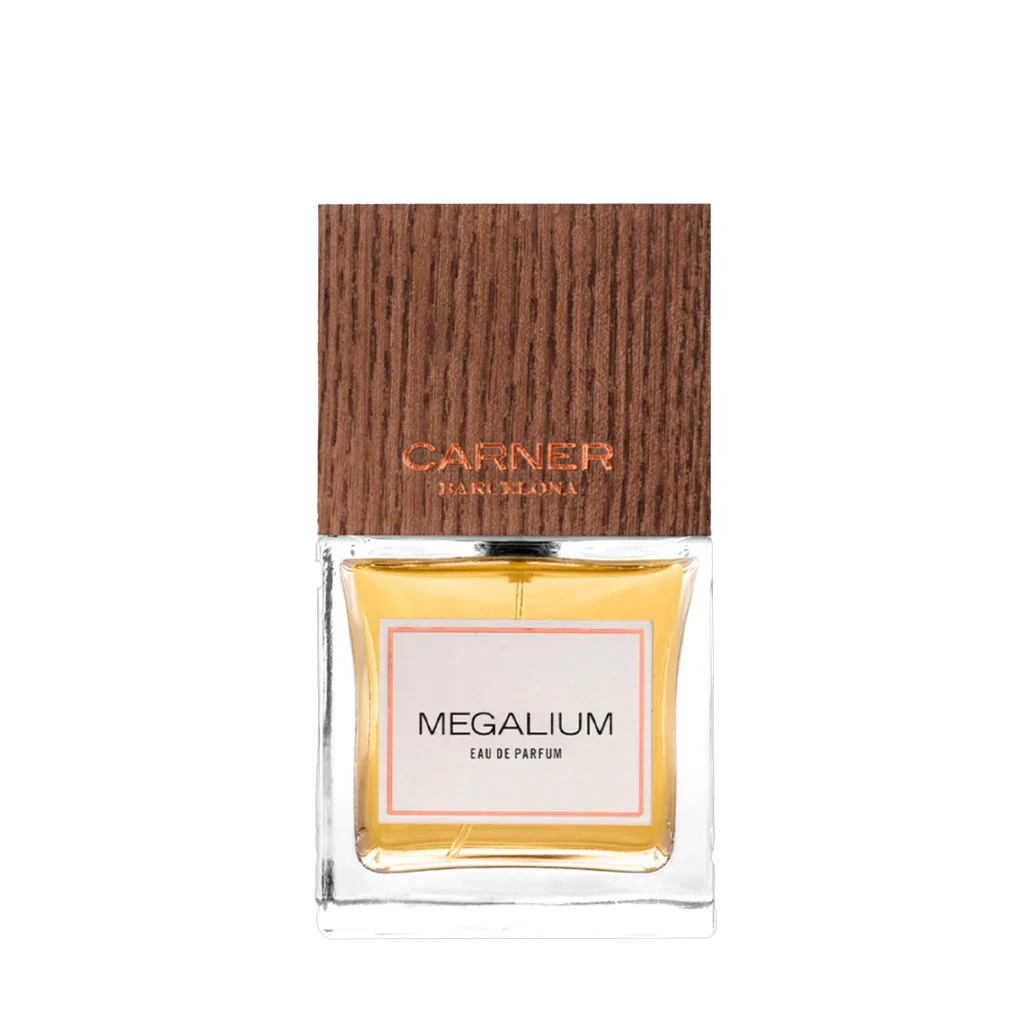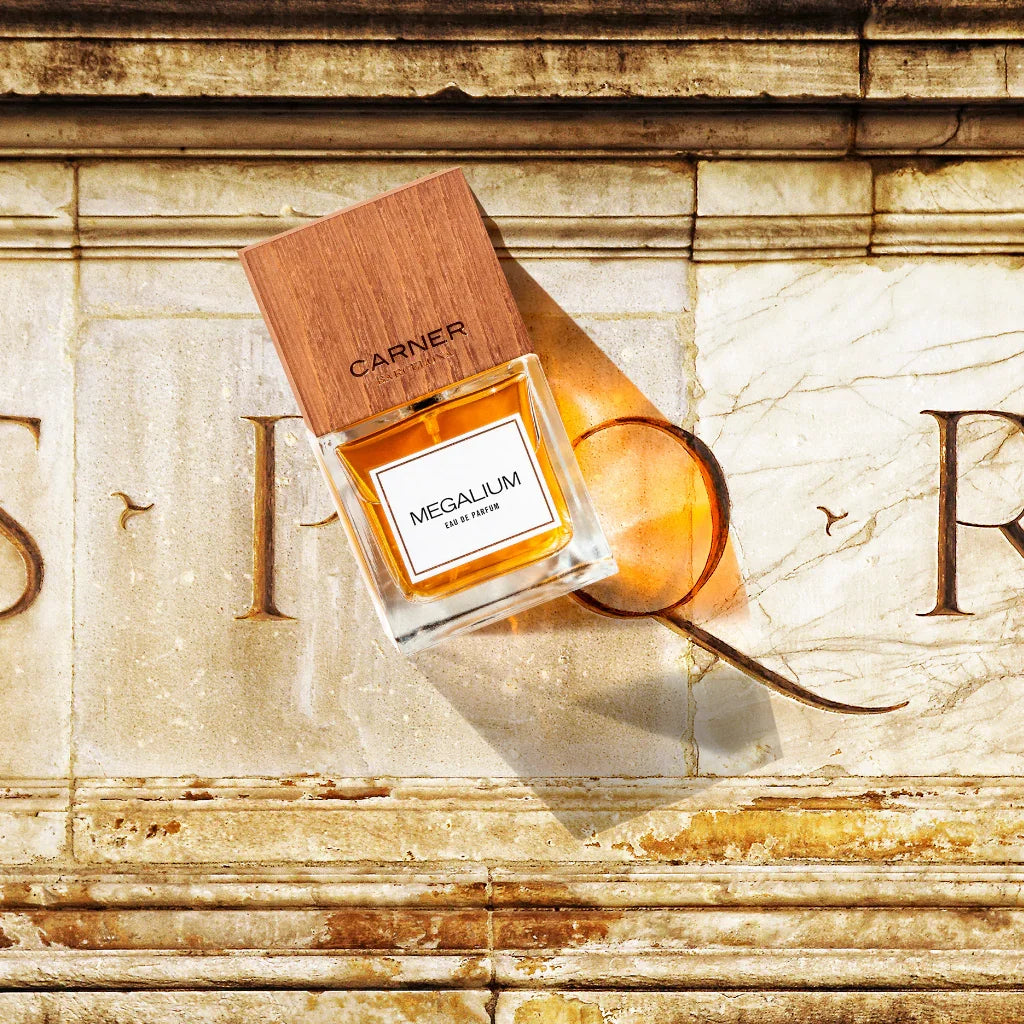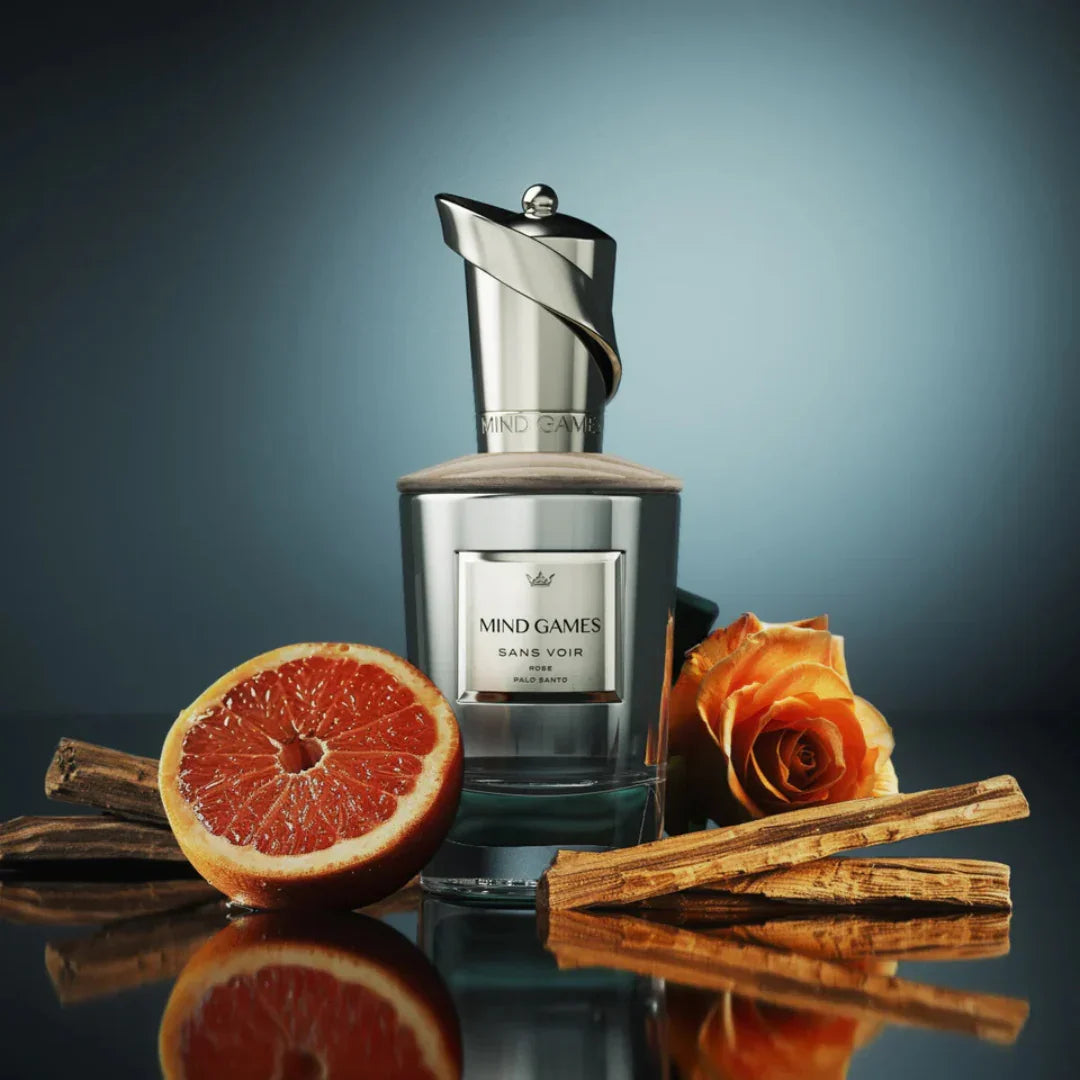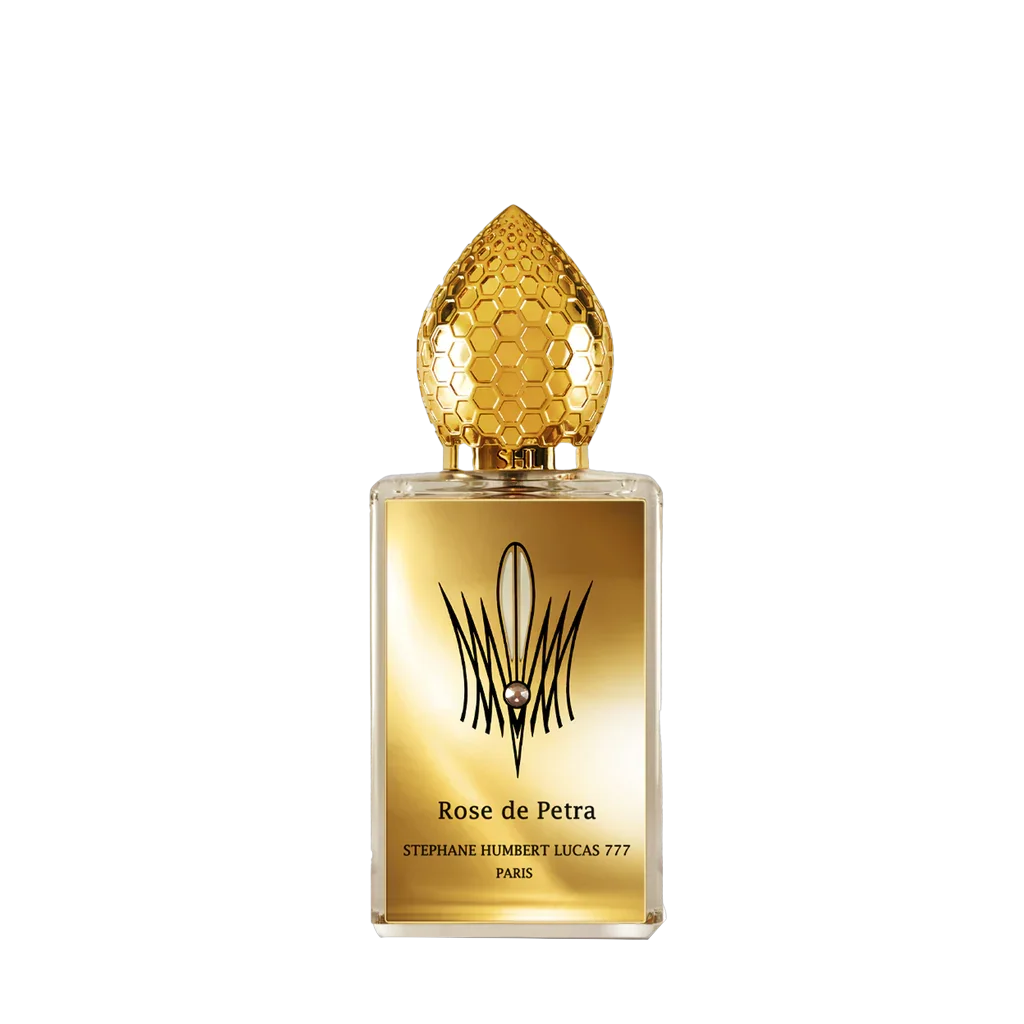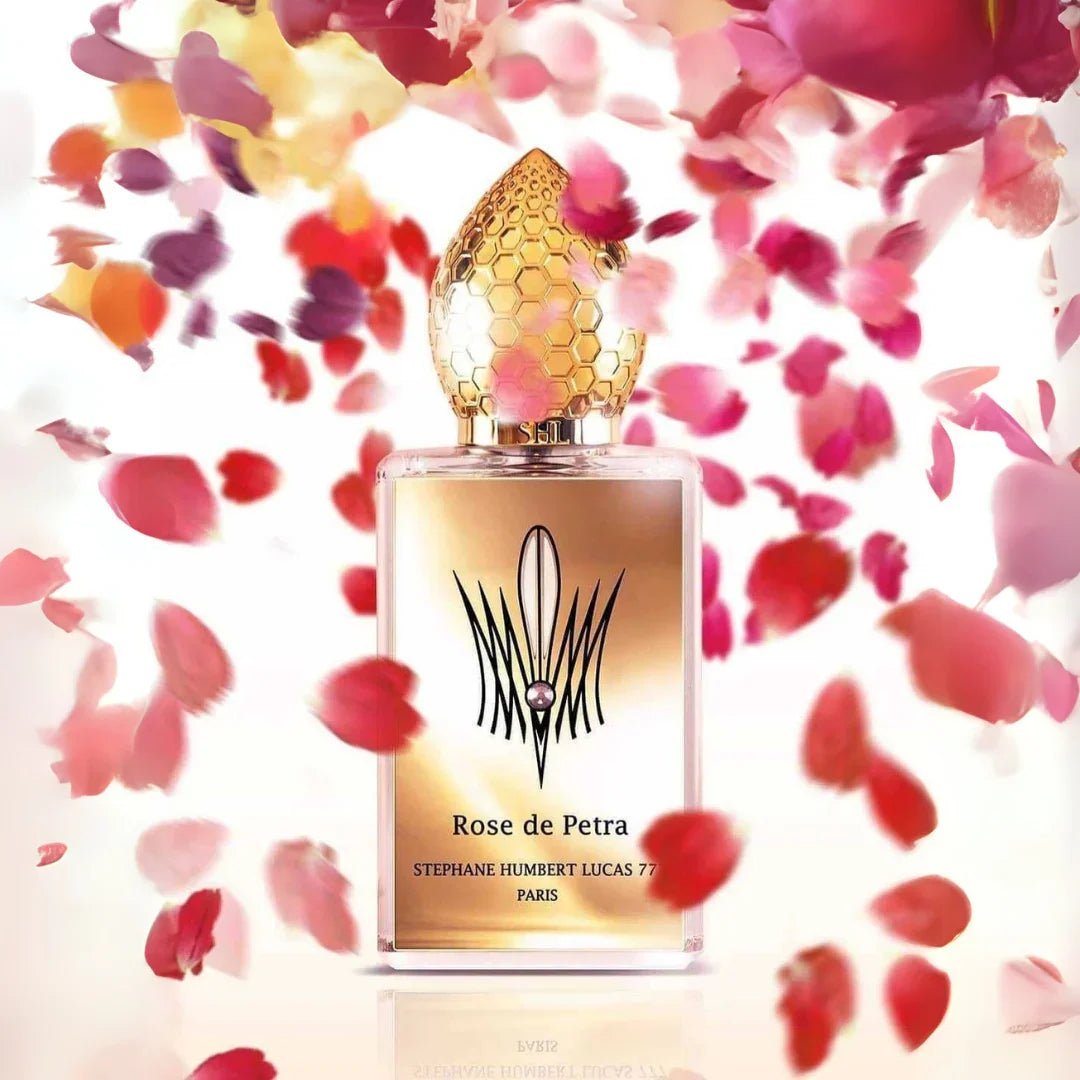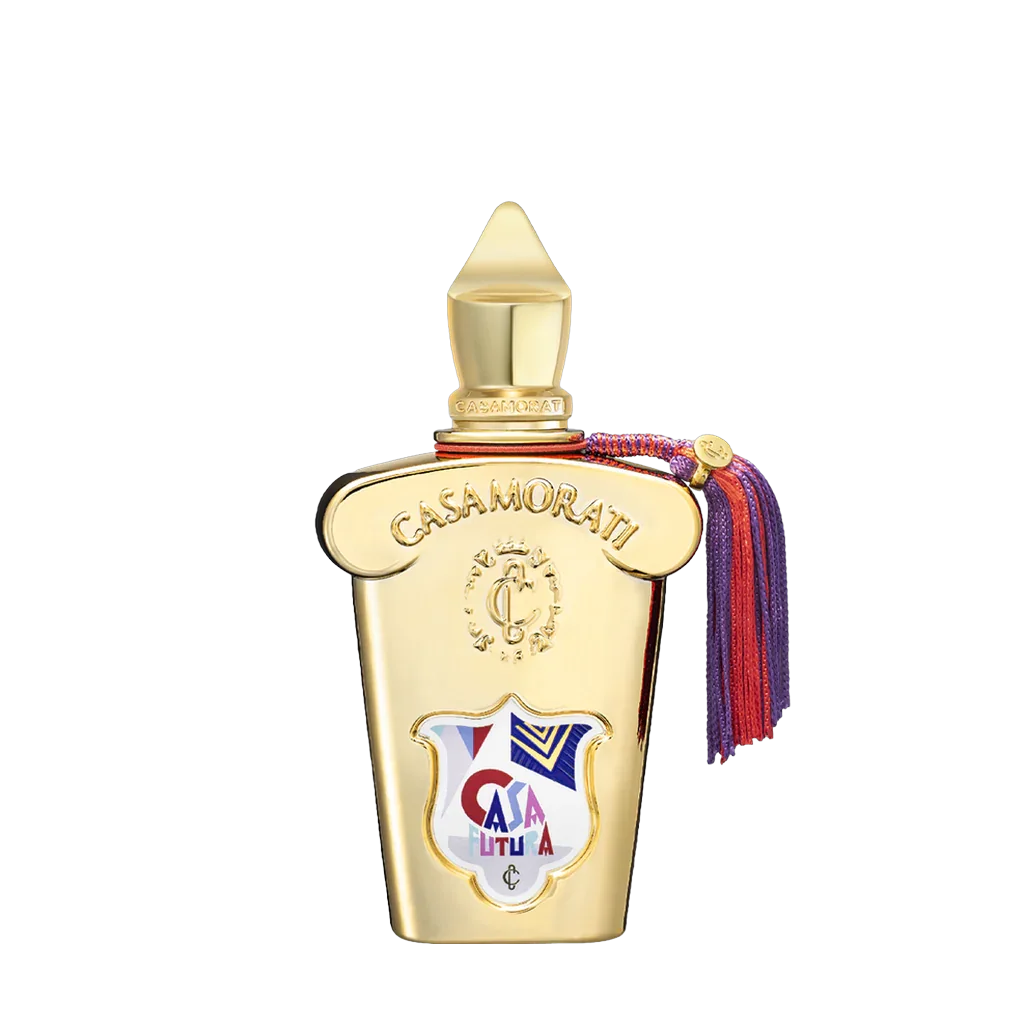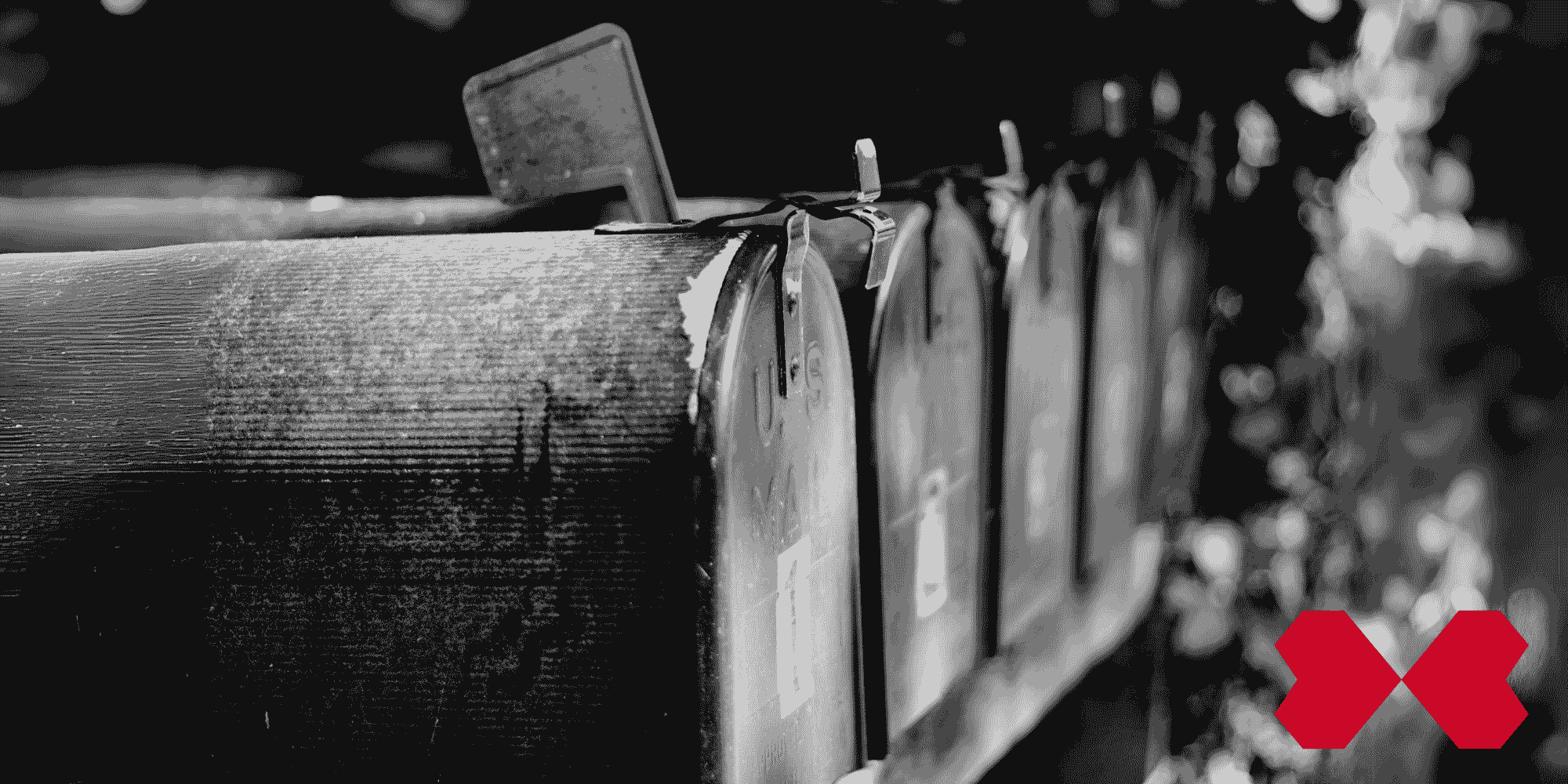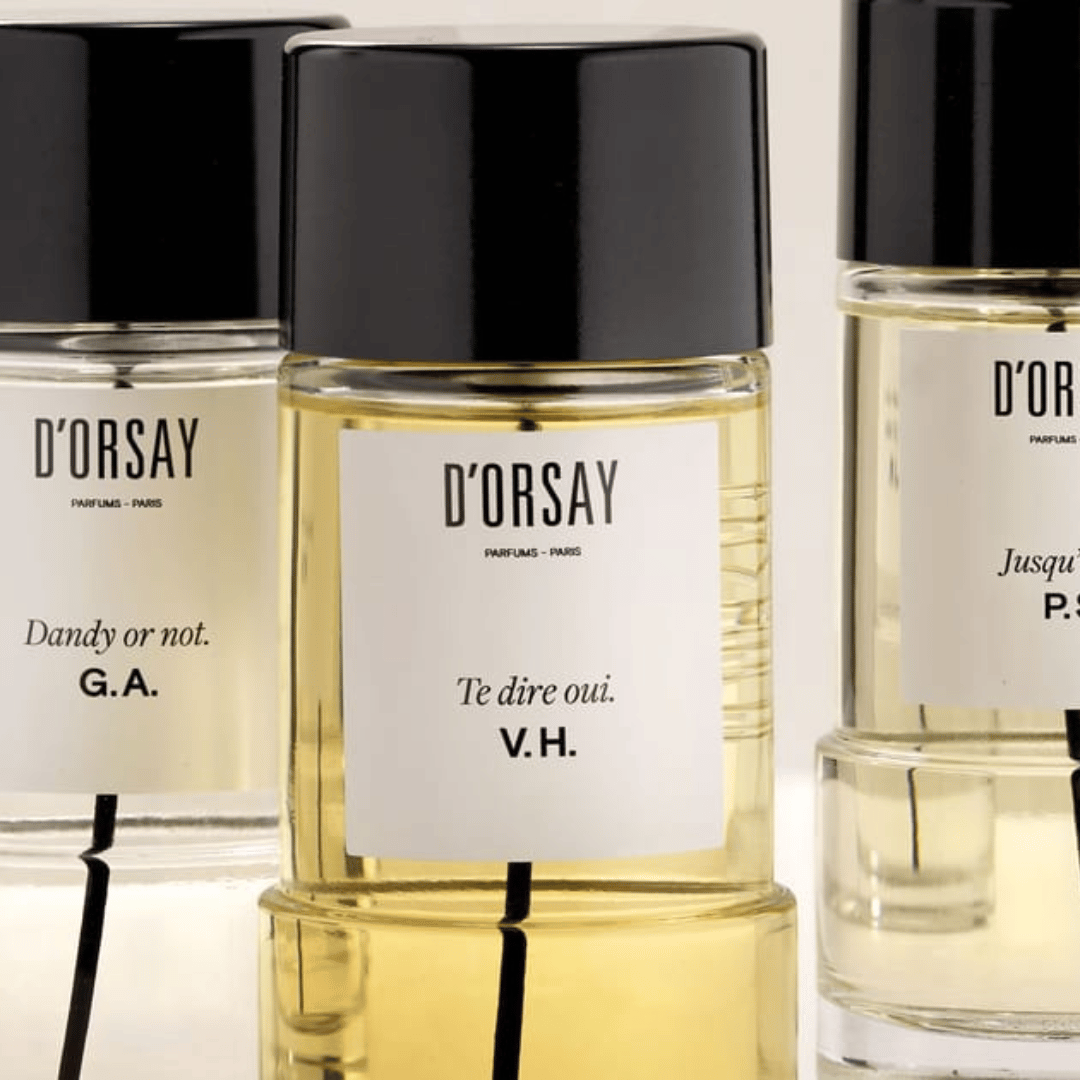
Rose perfume: crowned with the queen of flowers
The rose – the oldest myth of perfumery, told raw and sincerely.
The rose is not a delicate symbol that belongs meekly in a vase. It is one of the most powerful, contradictory, and perfectly formed essences in perfumery—a raw material that has been both coveted and feared for centuries. Feared because it ruthlessly reveals whether a perfumer understands their craft. Coveted because hardly any other fragrance note can evoke such a profound and immediate emotional response.
Those who truly understand the rose encounter not a romantic cliché, but a complex structure of green , lemony , fruity , metallic , resinous , and sometimes even animalic facets. The rose never smells simply like "rose." It is a universe.
The rose in modern perfumery – not perfume theater, but pure structure.
In haute perfumery, the rose has long since broken free from its "feminine" image. Today, it shapes men's fragrances , unisex perfumes , and niche fragrance compositions that deliberately play with contrasts: Rosa Damascena against dark oud , Rosa Centifolia against cool vetiver , rose absolute against spicy saffron .
Modern interpretations forgo decorative sweetness. They work with clean lines, radiance, and raw texture.
From Damascena to Taif – why origin changes everything
Hardly any raw material demonstrates as drastically how origin, climate, culture and craftsmanship are transformed into fragrance.
Turkish Damascena has a warm, lush, fruity character – often with hints of raspberry and lychee .
The Bulgarian rose carries the same DNA, but more linear, cleaner, almost transparent.
Taif rose from Saudi Arabia is sharper, drier, almost metallic – ideal for extraordinary fragrances that deliberately push the boundaries.
Grasse-Centifolia, on the other hand, is creamy, honey-colored, nostalgic – like a film grain on the skin.
Technology meets emotion – why a niche perfume can hardly do without rose.
The rose is the touchstone of perfumery. It demands balance, precision, and respect. A luxurious niche perfume uses it not as decoration, but as an architectural axis.
Fresh, bright, almost citrusy interpretations are created using rose oil (obtained through steam distillation).
Rose absolute (solvent extraction), on the other hand, produces darker, velvetier, more intense textures – ideal for creating depth, sensuality and body.
For perfumers, the rose is a tool that can be both the centerpiece and the counterpoint. It can be combined with patchouli , ambergris , wood , musk , or smoke – and carries each of these partners with its own, unwavering clarity.
Why the rose always remains – a raw material that does not age
Trends come and go. What remains is the rose. Not as an ornament, but as a precise, powerful fragrance ingredient that elevates every composition.
She tells stories that we carry within us: warmth, vulnerability, strength, memory.
And that is precisely why it is an indispensable building block for fragrance lovers, connoisseurs and collectors – a raw material that charges every niche perfume with authenticity and presence.
Copyright by scent amor © 2025 (grw)
Frequently asked Questions about Rose Perfumes
Which rose varieties are most important for perfume production?
What is the difference between rose oil (Rose Otto) and rose absolute?
Why is rose such an expensive ingredient in perfumes?
Is rose only found in women's perfumes?
Discover all fragrances
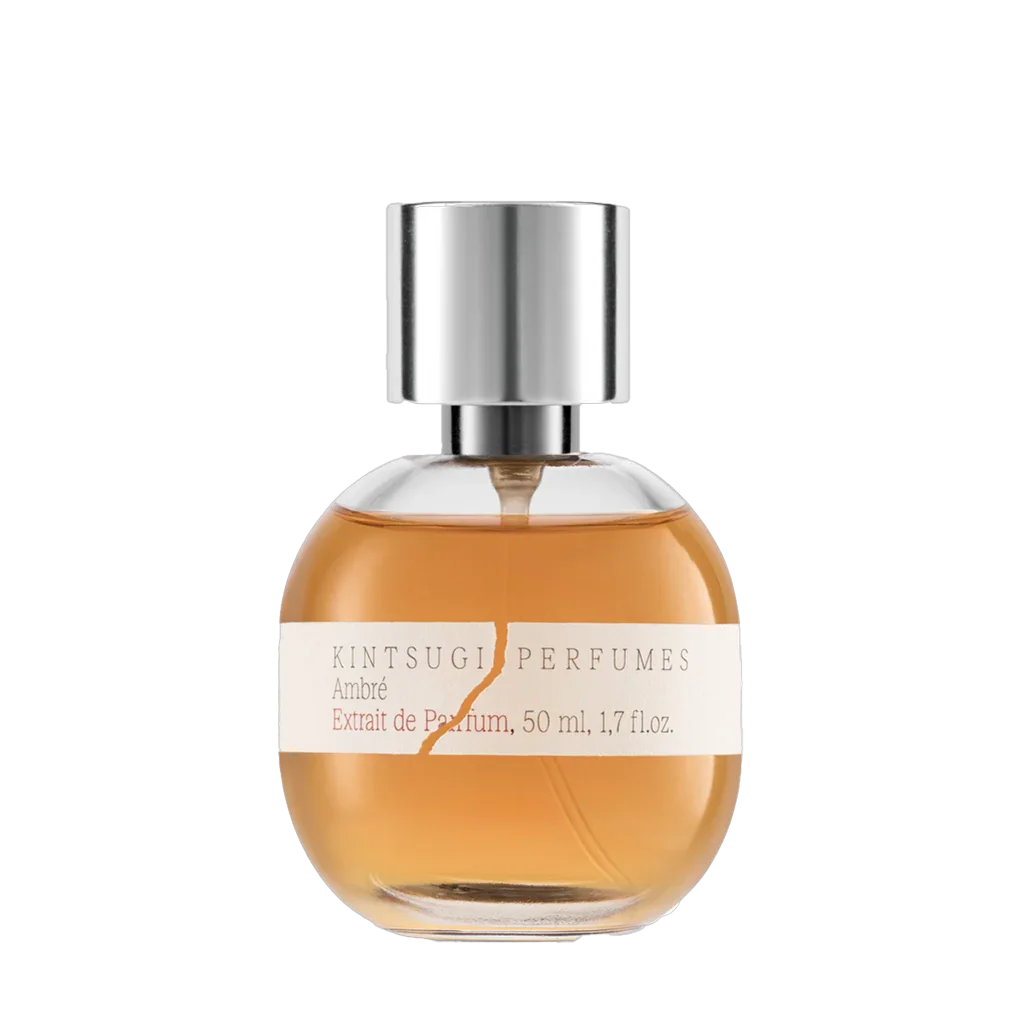
Amber Perfumes

Aquatic Perfumes

Chypre Perfumes
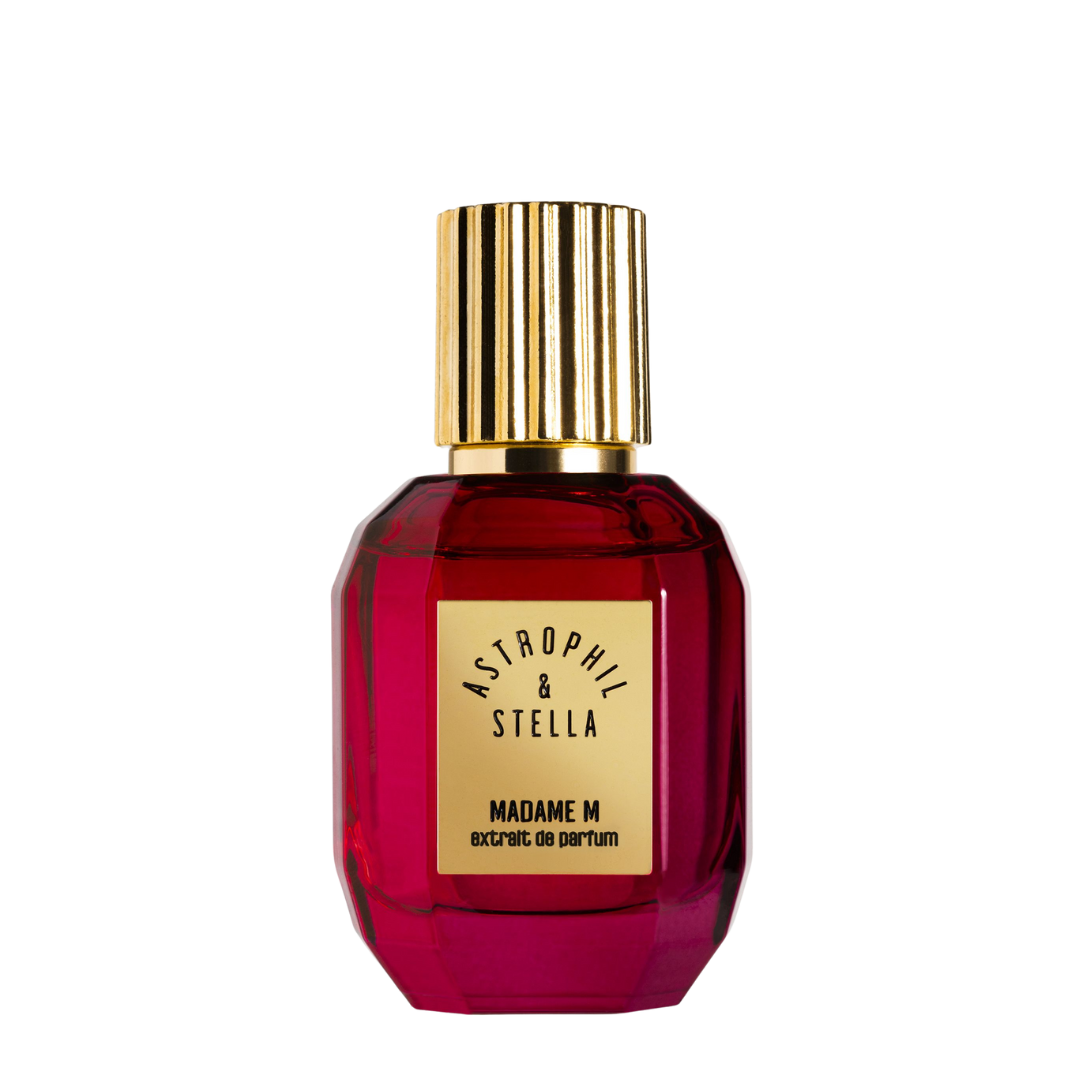
Floral - Flowery Perfumes
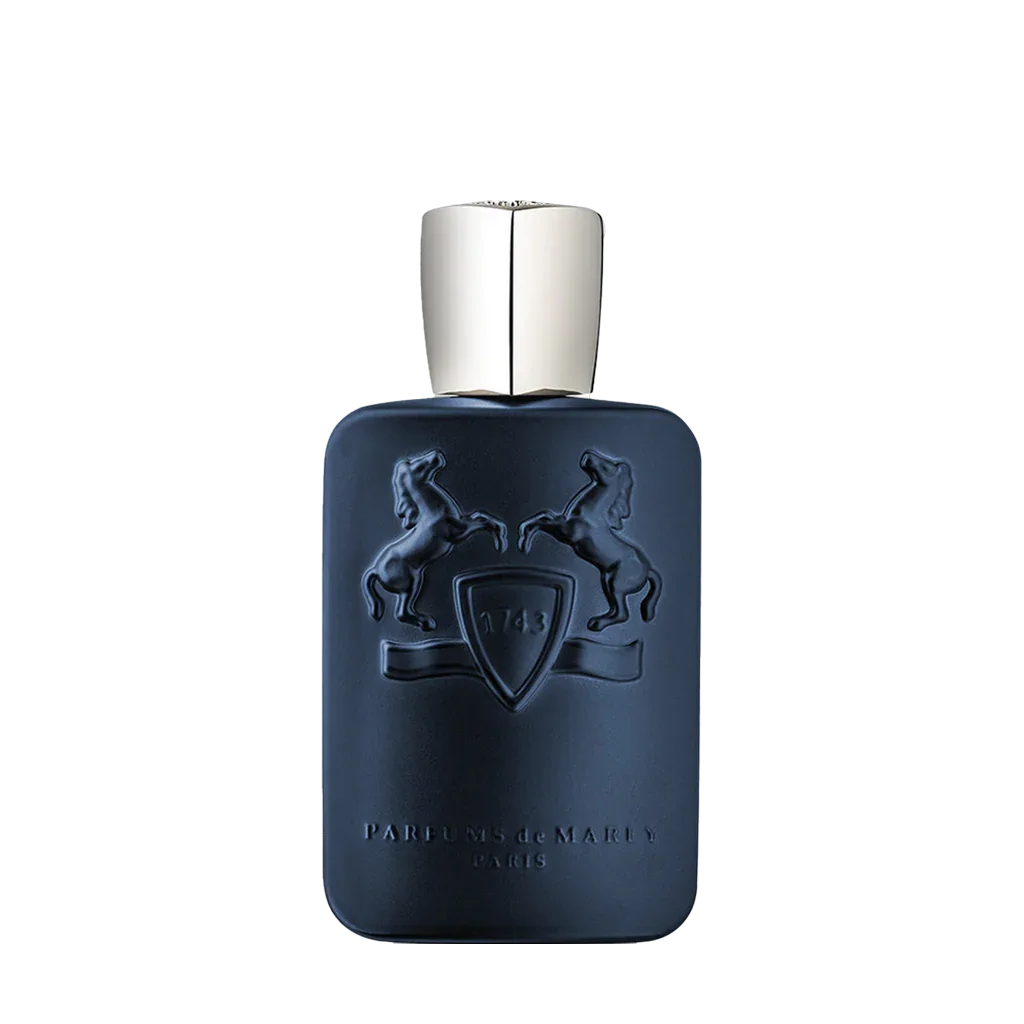
Fougère Perfumes

Fresh Perfumes
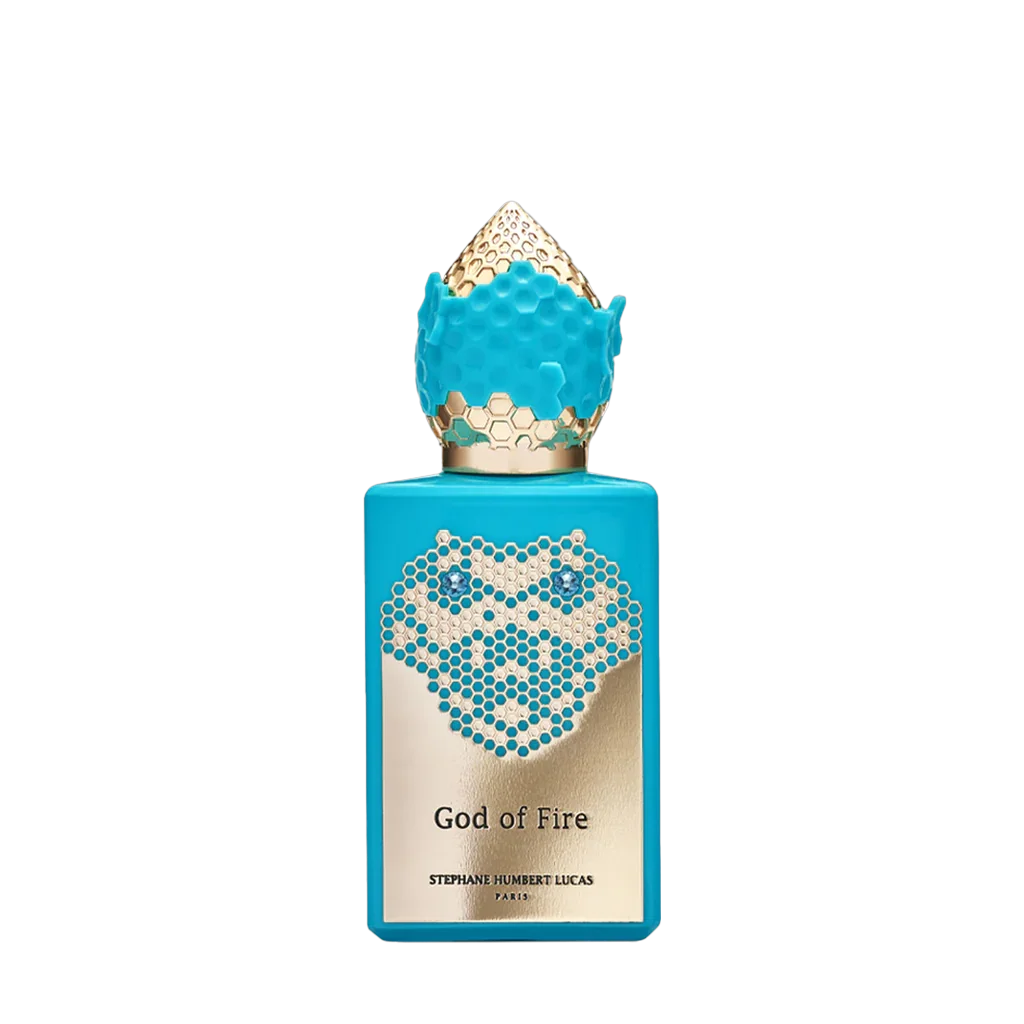
Fruity Perfumes

Gourmand Perfumes
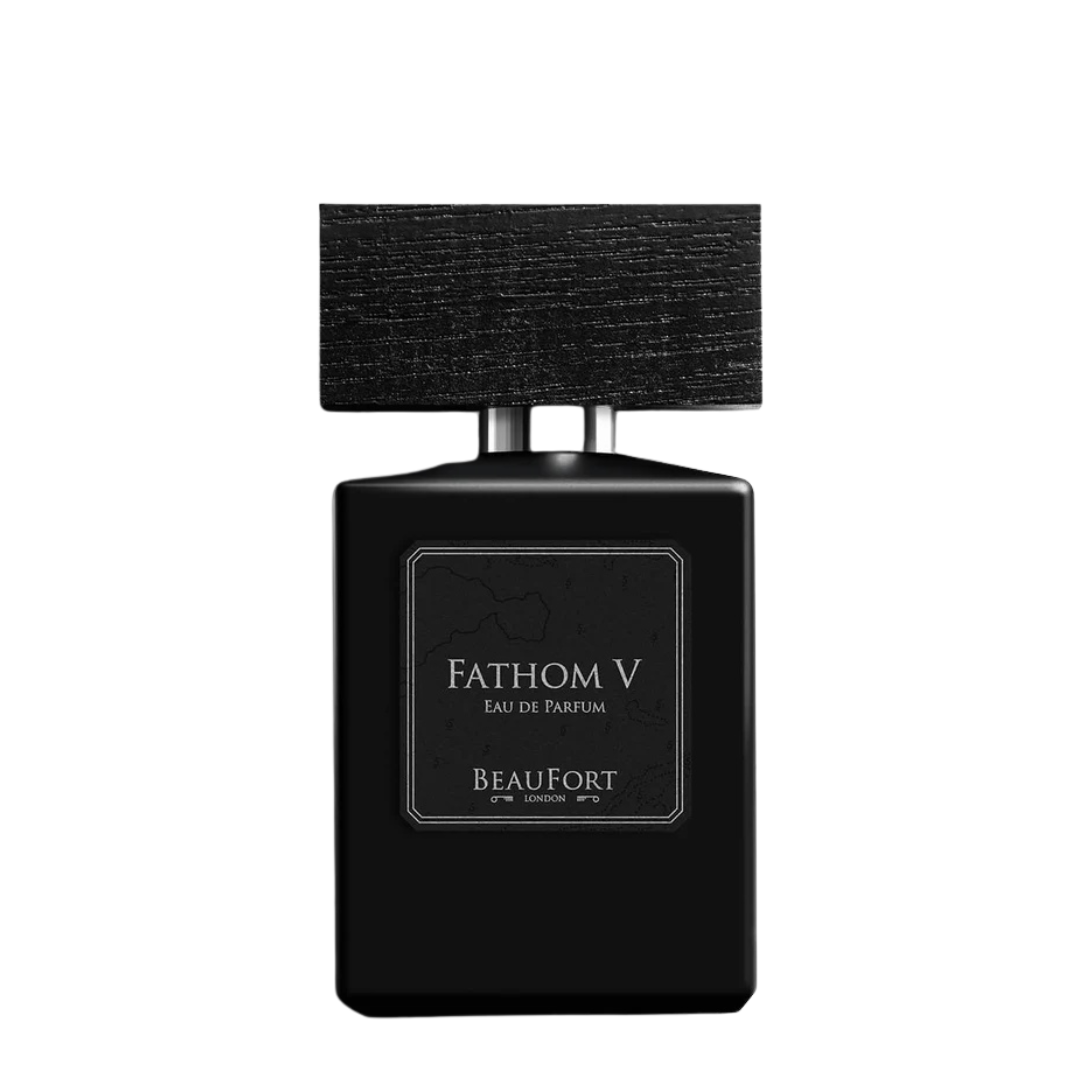
Green Perfumes
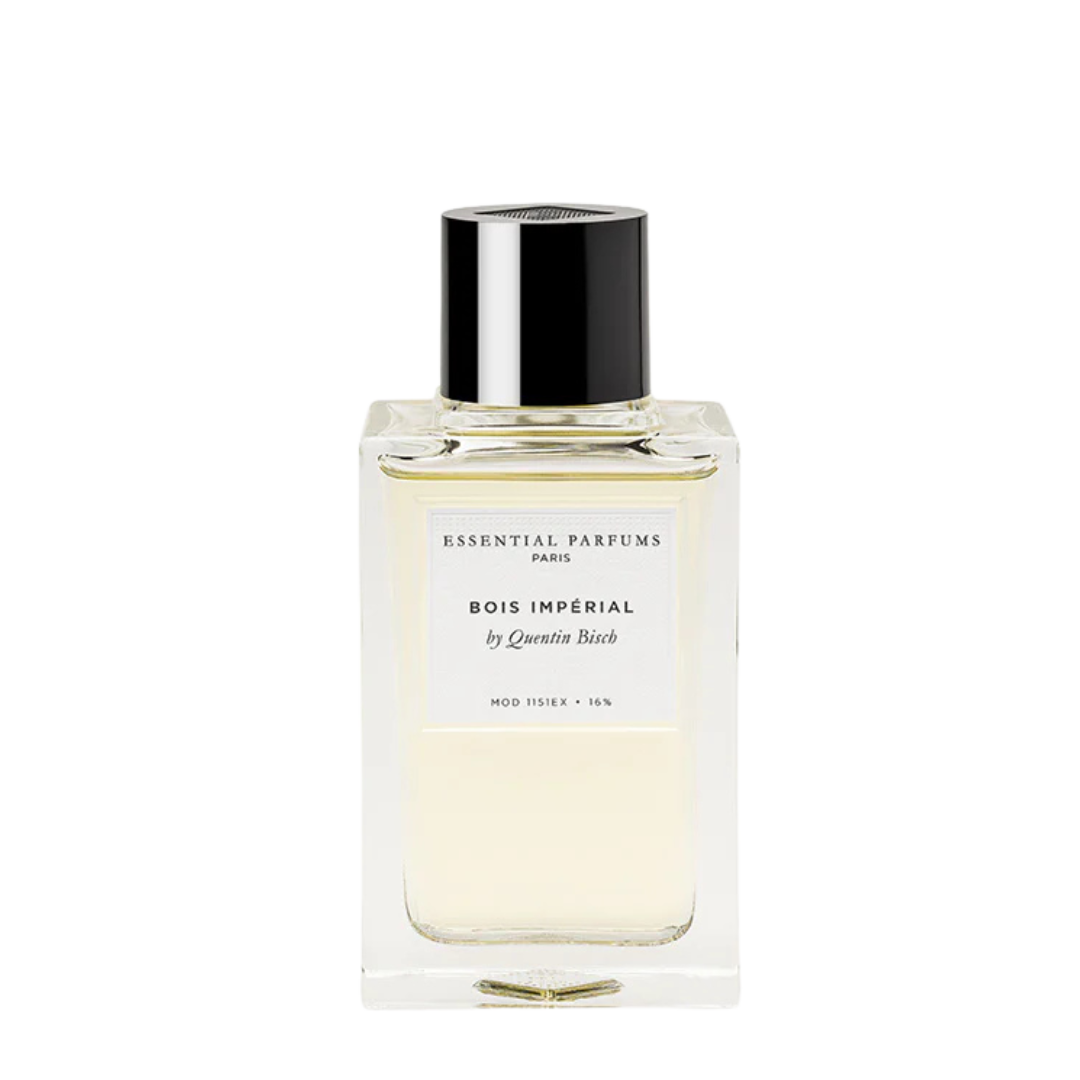
Woody Perfumes

Leder Parfums
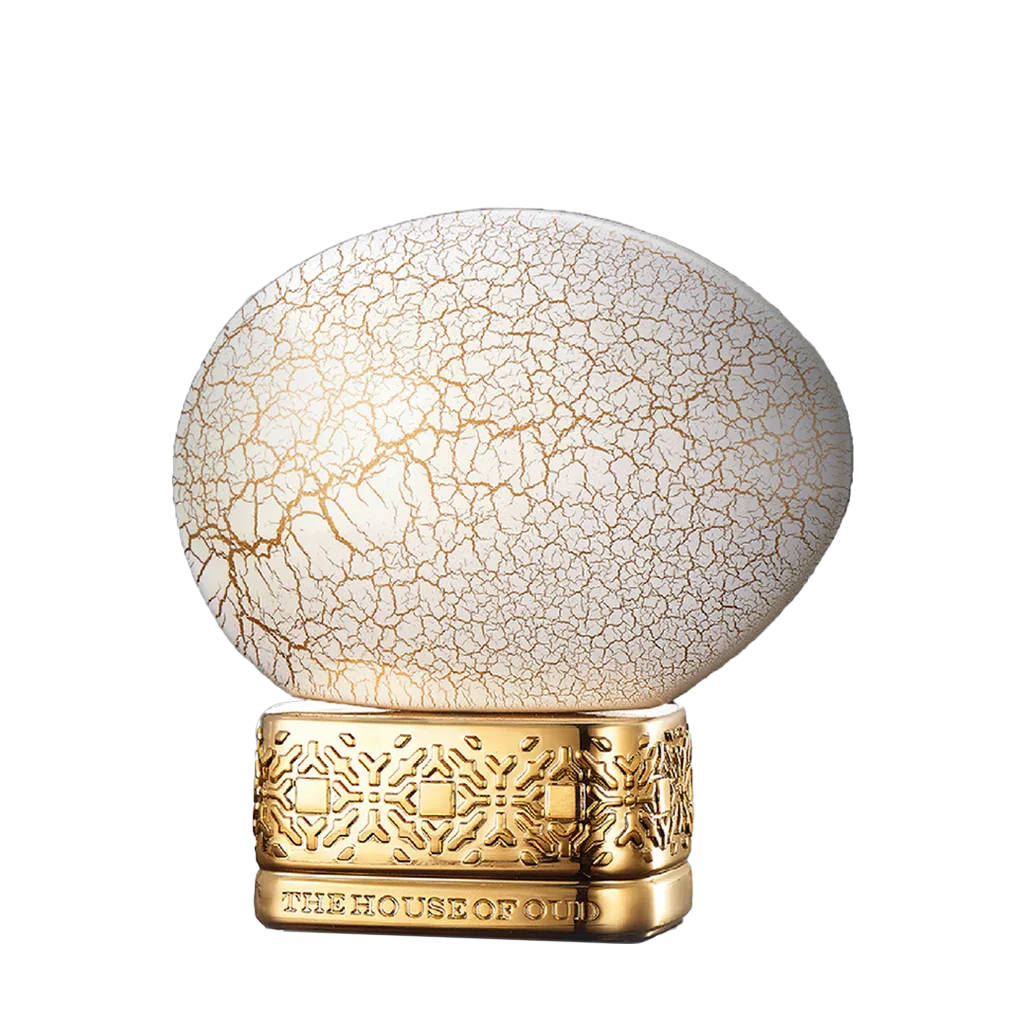
Musk Perfumes
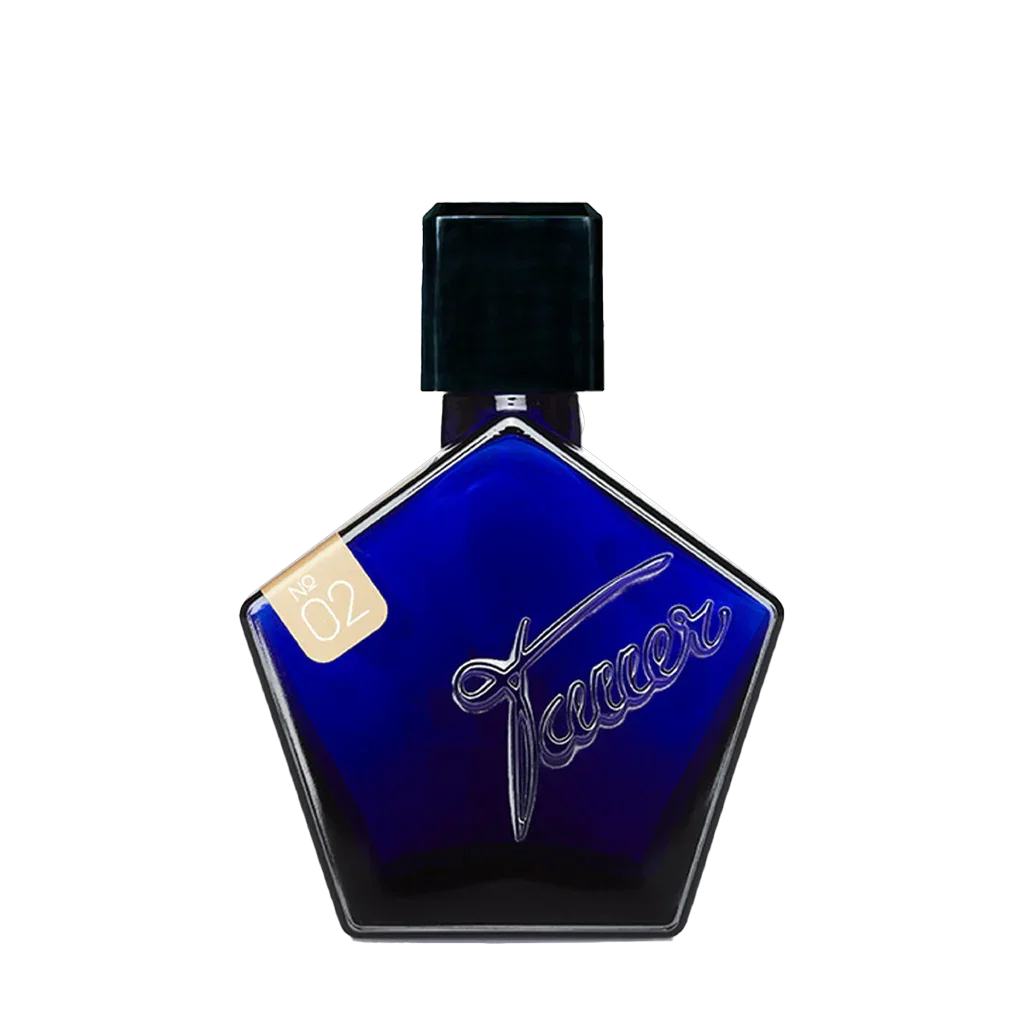
Orientalische Parfums

Powdery Perfumes

Sweet Perfumes
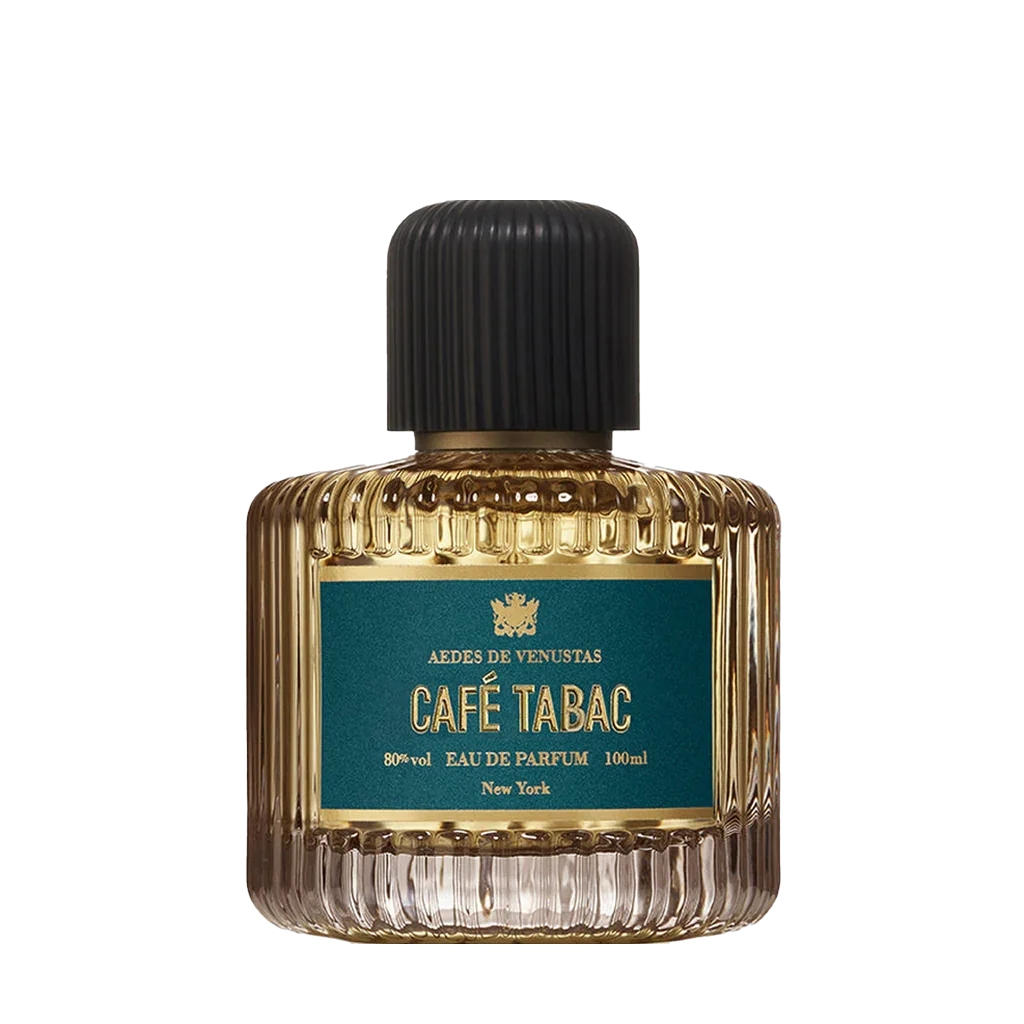
Tobacco Perfumes
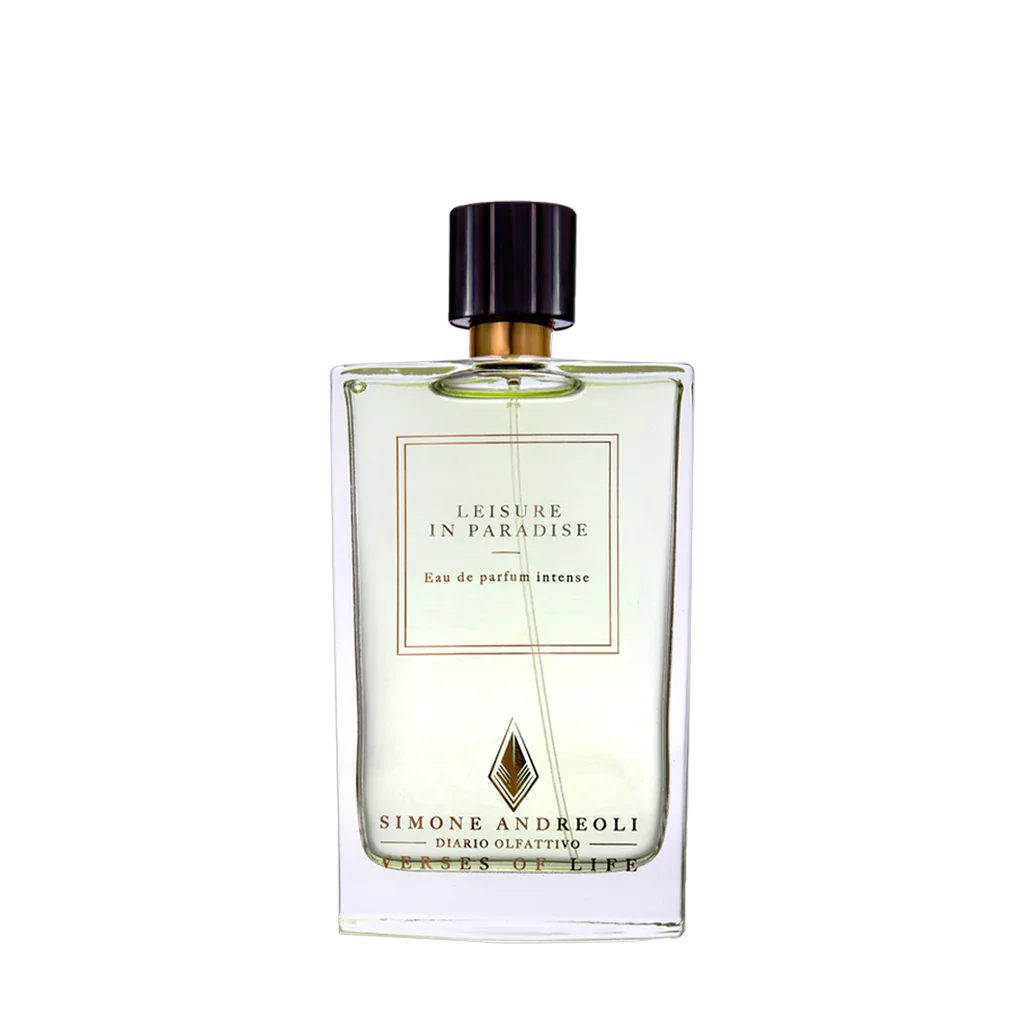
Tropical Perfumes
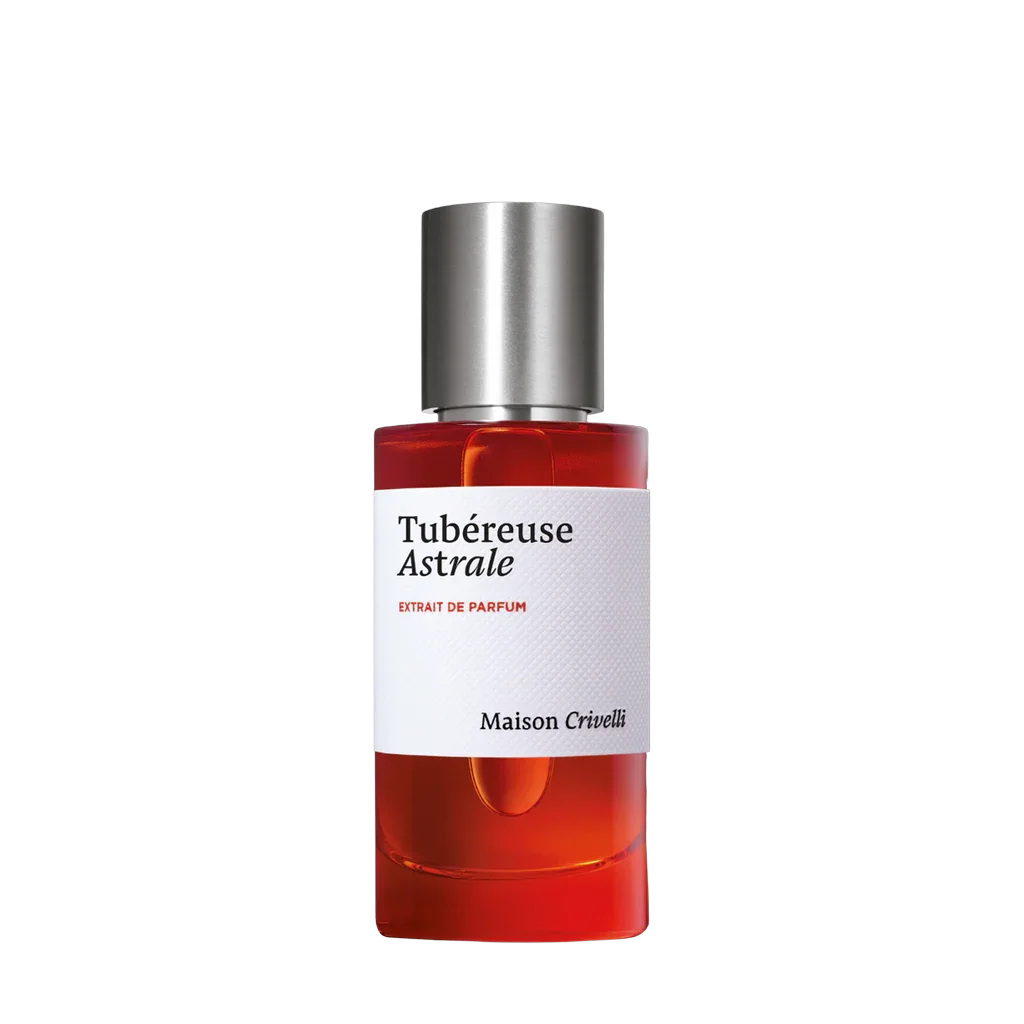
Tuberose Perfumes
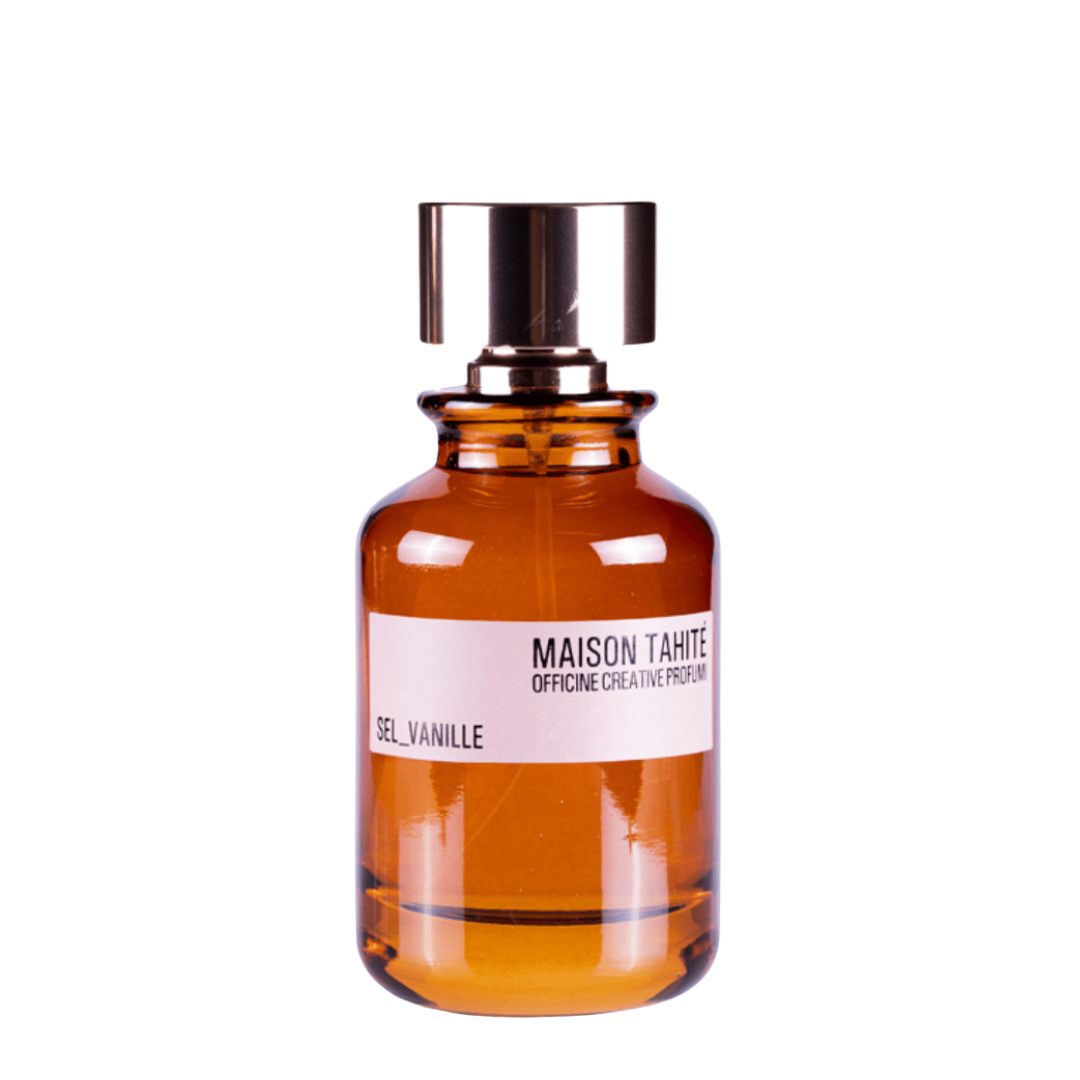
Vanilla Perfumes
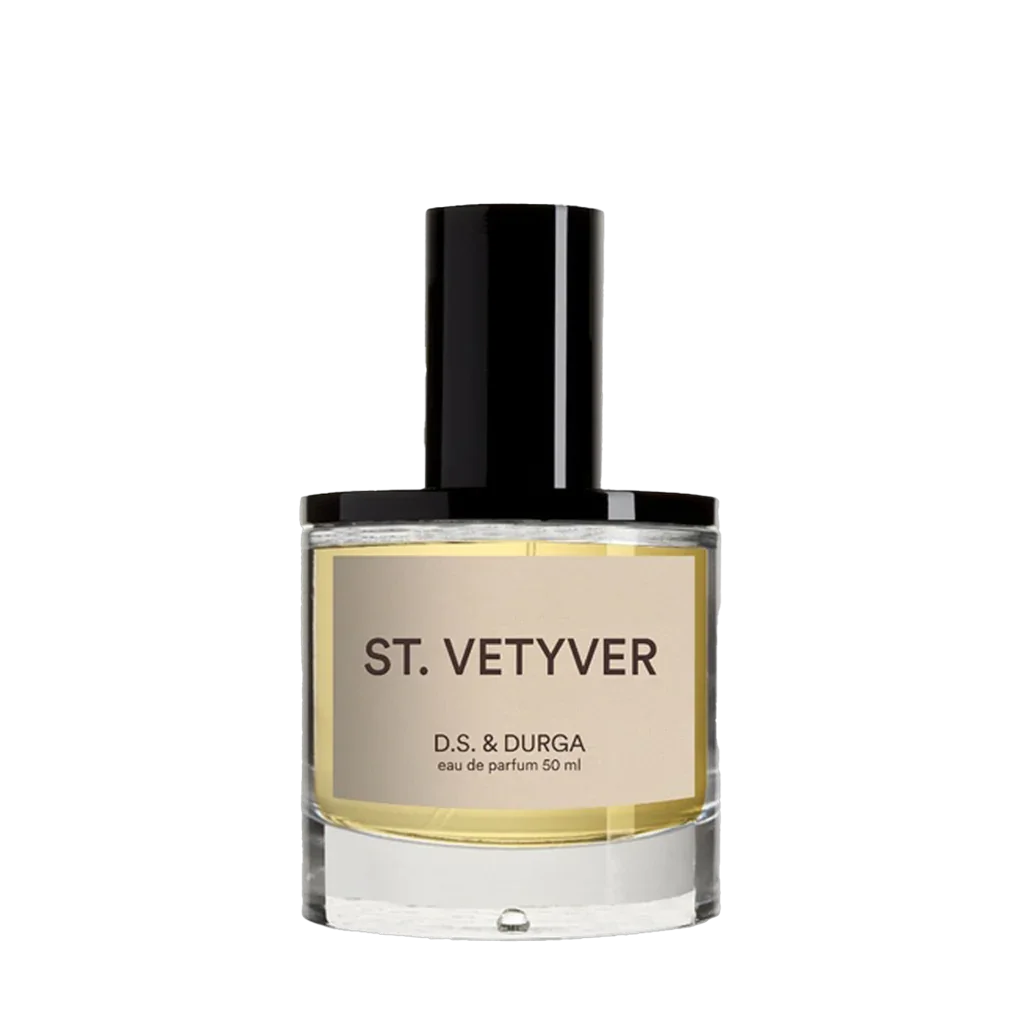
Vetiver Perfumes
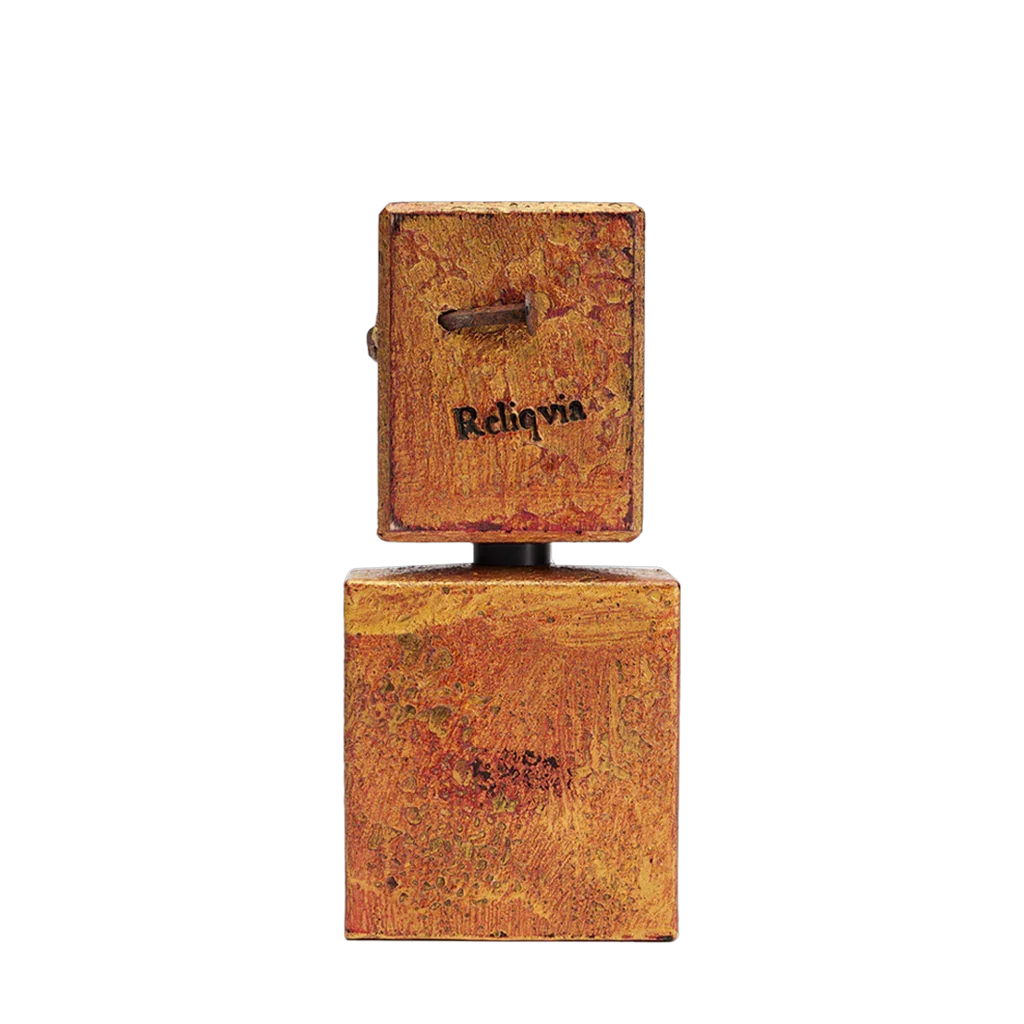
Frankincense Perfumes
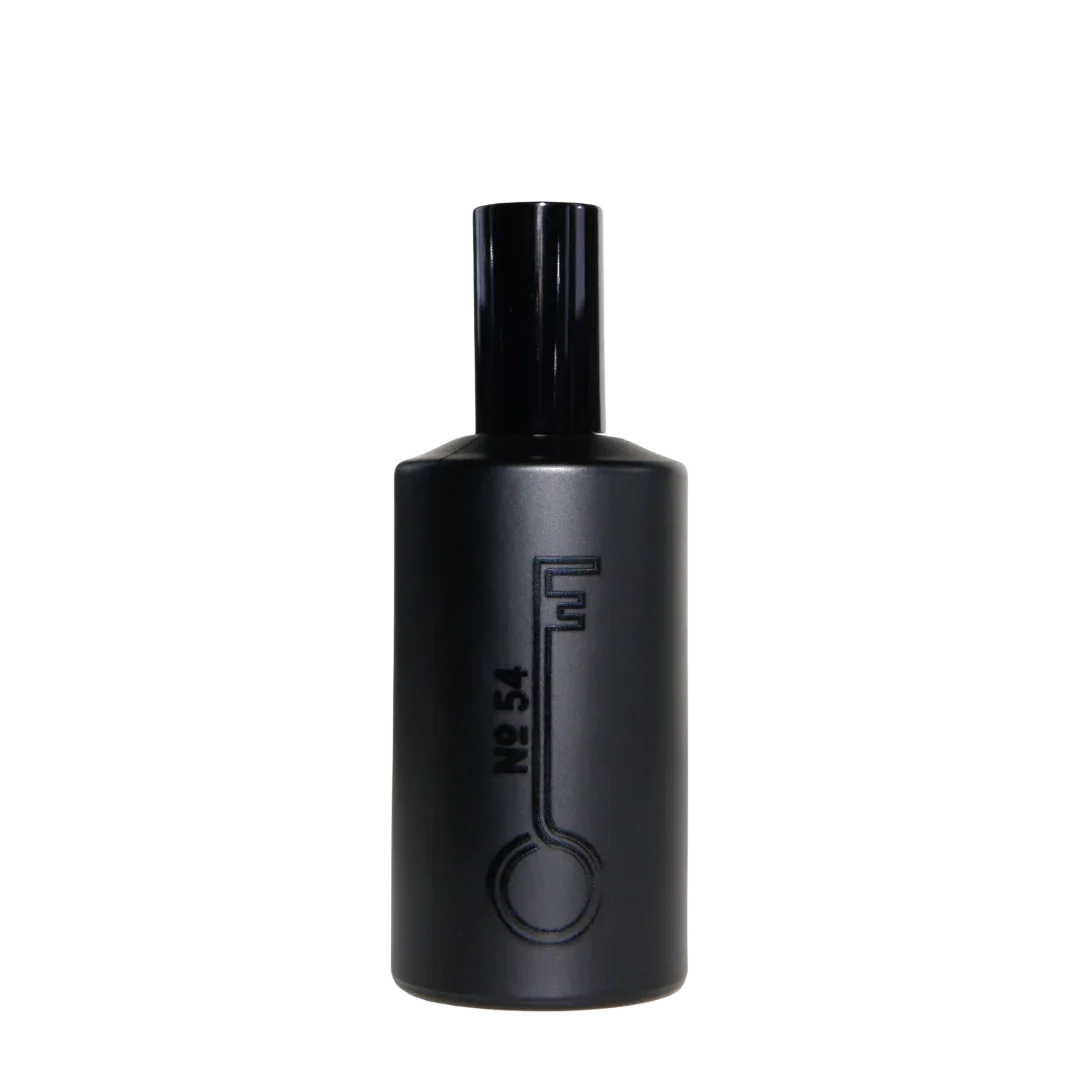
Spicy Perfumes
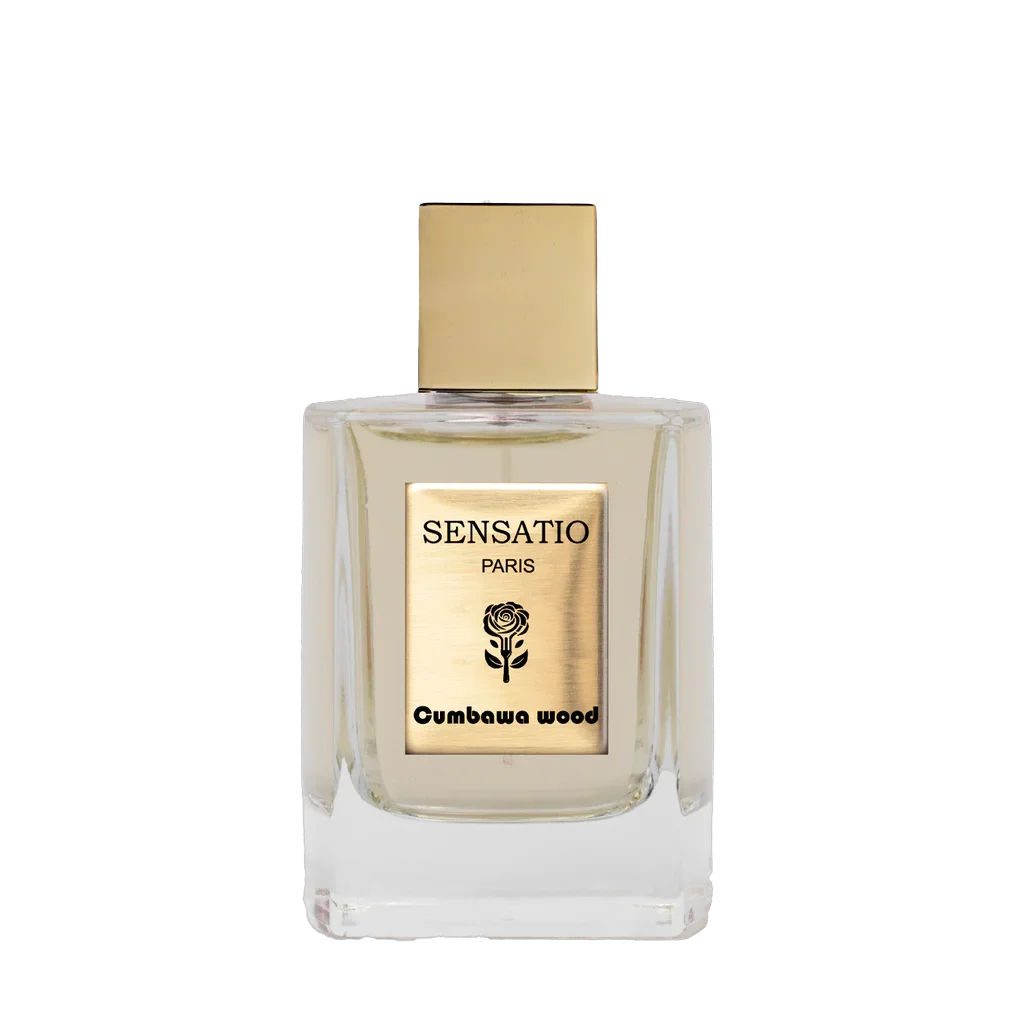
Citrus Perfumes
